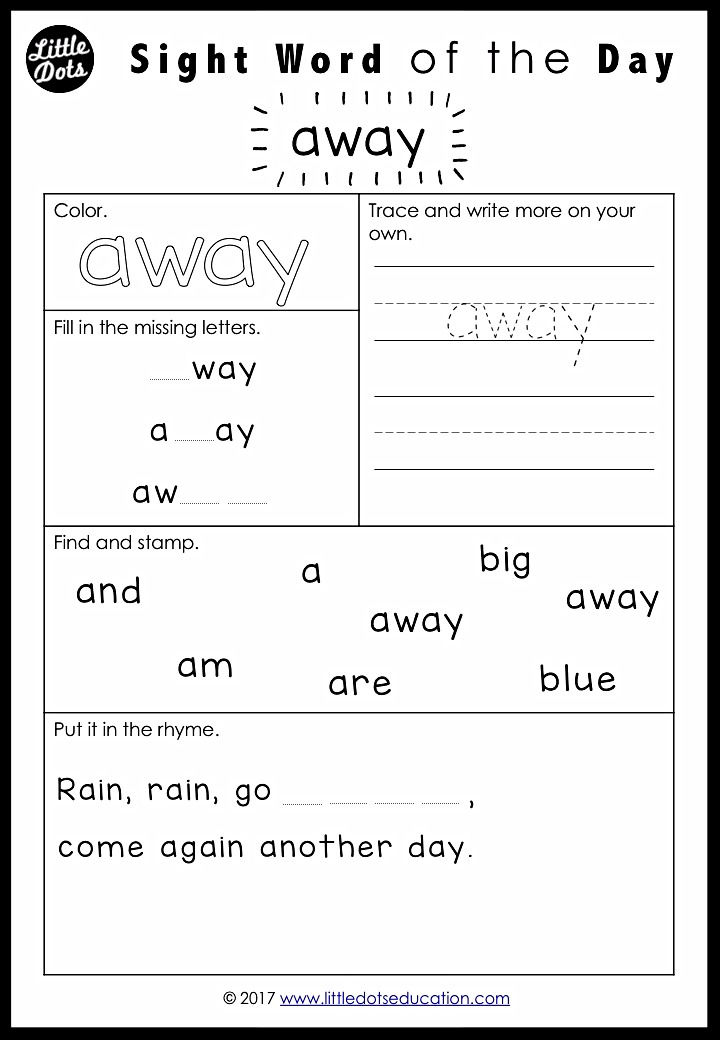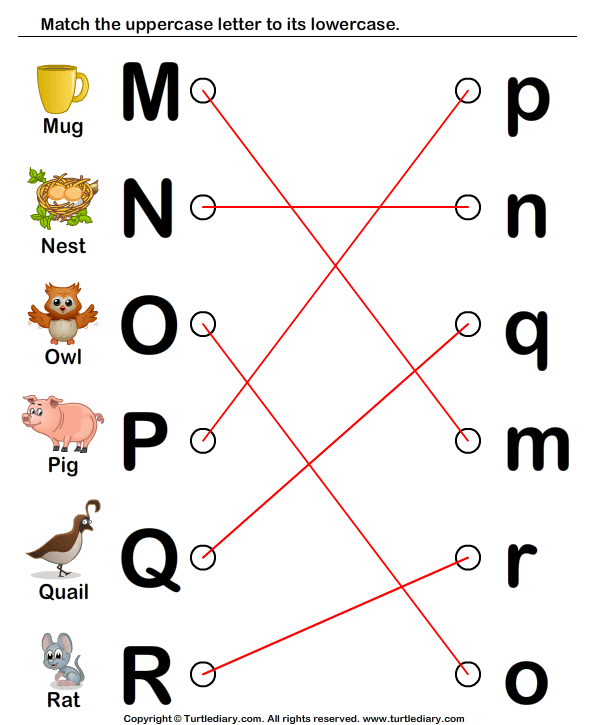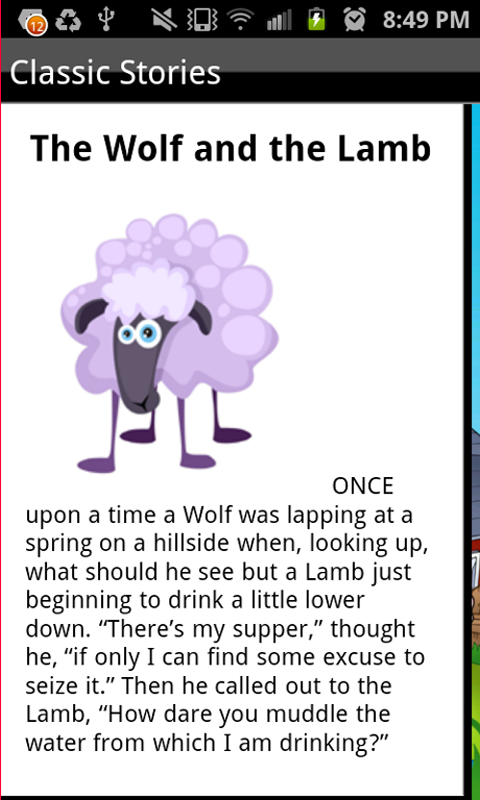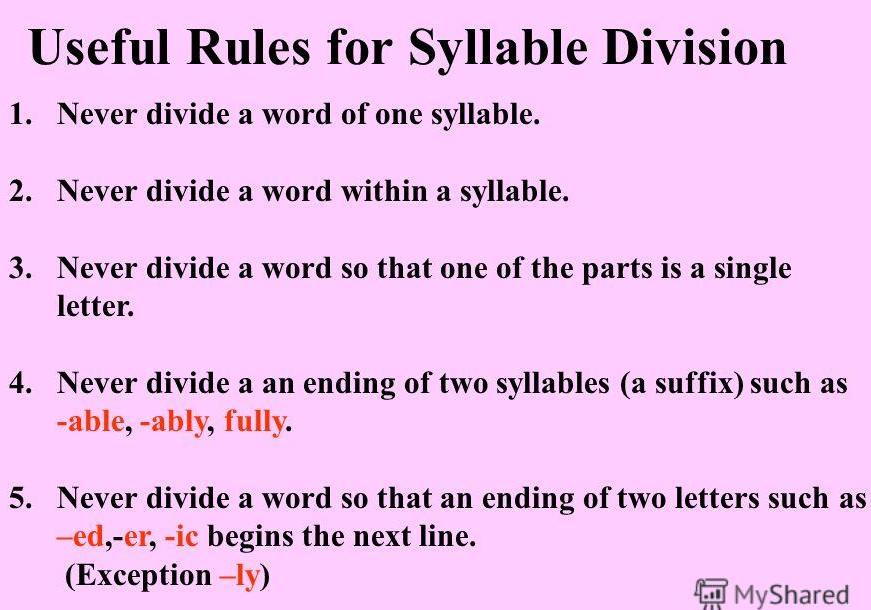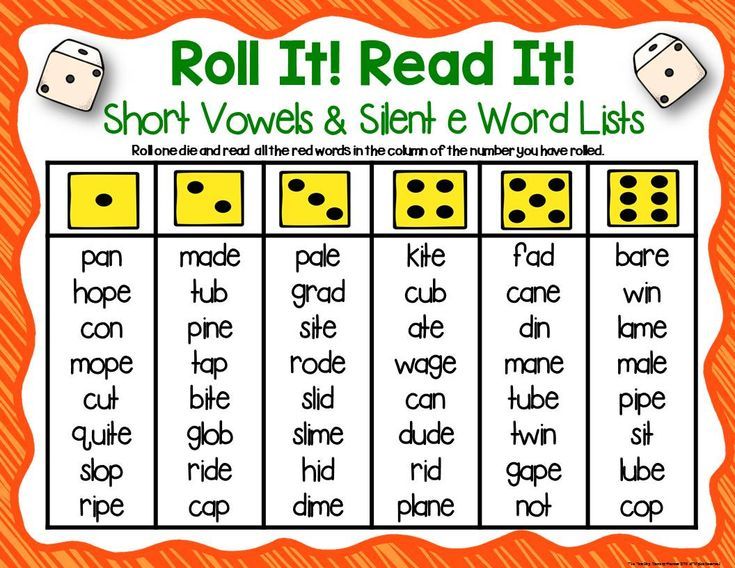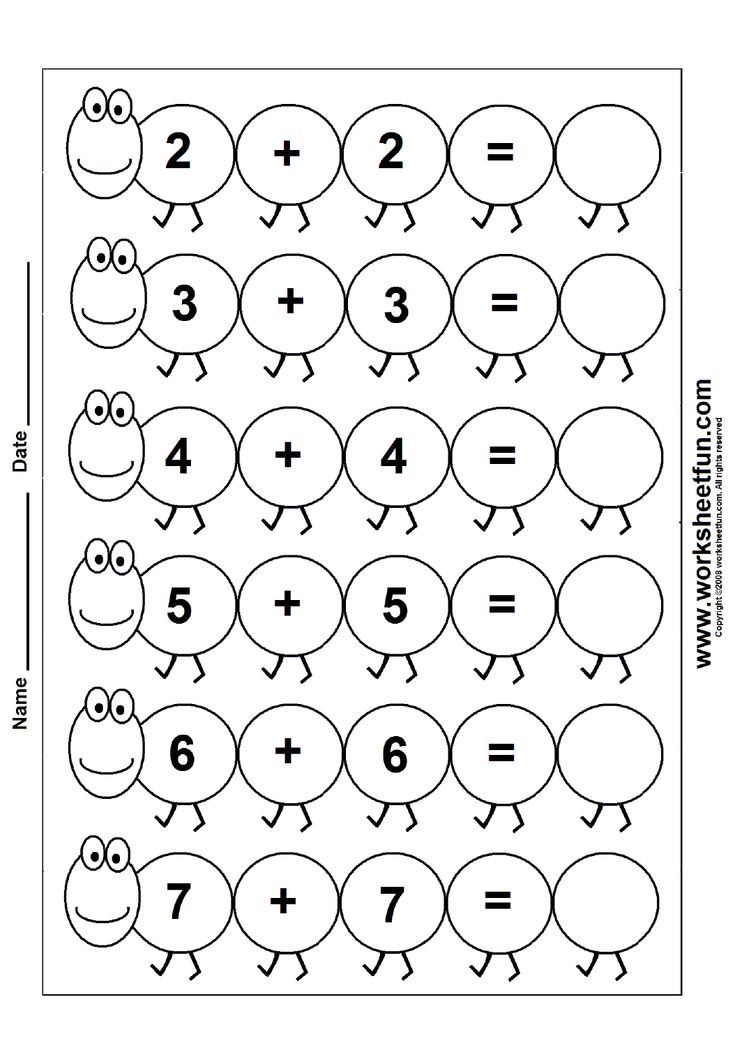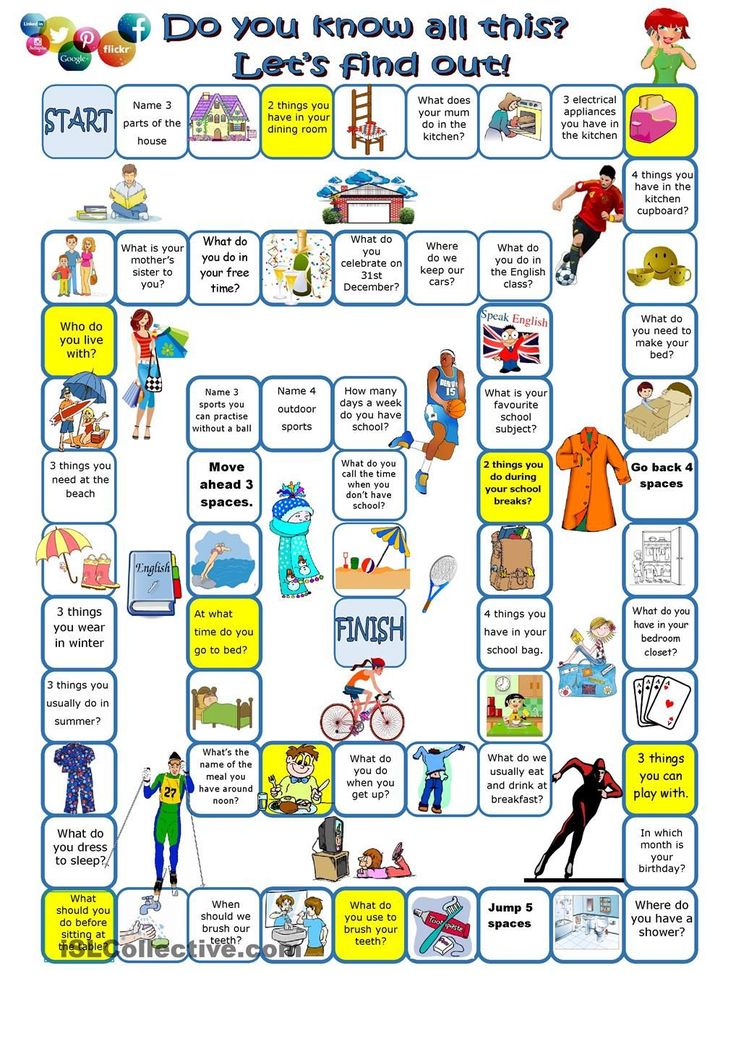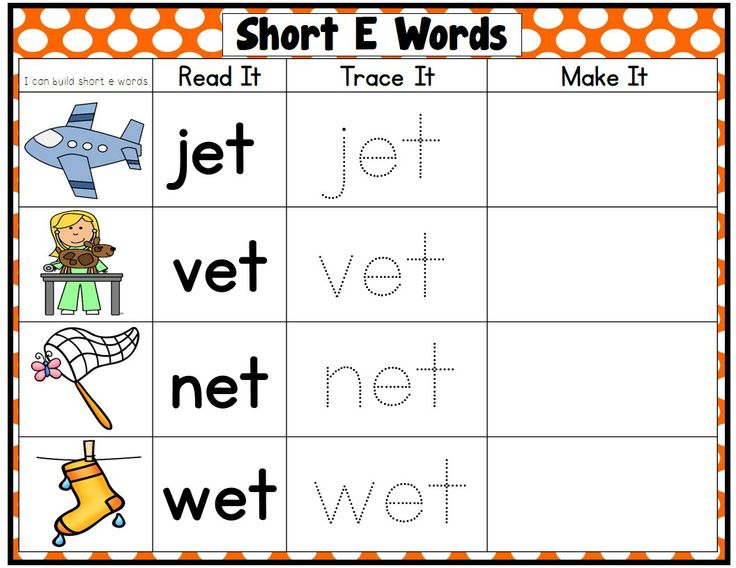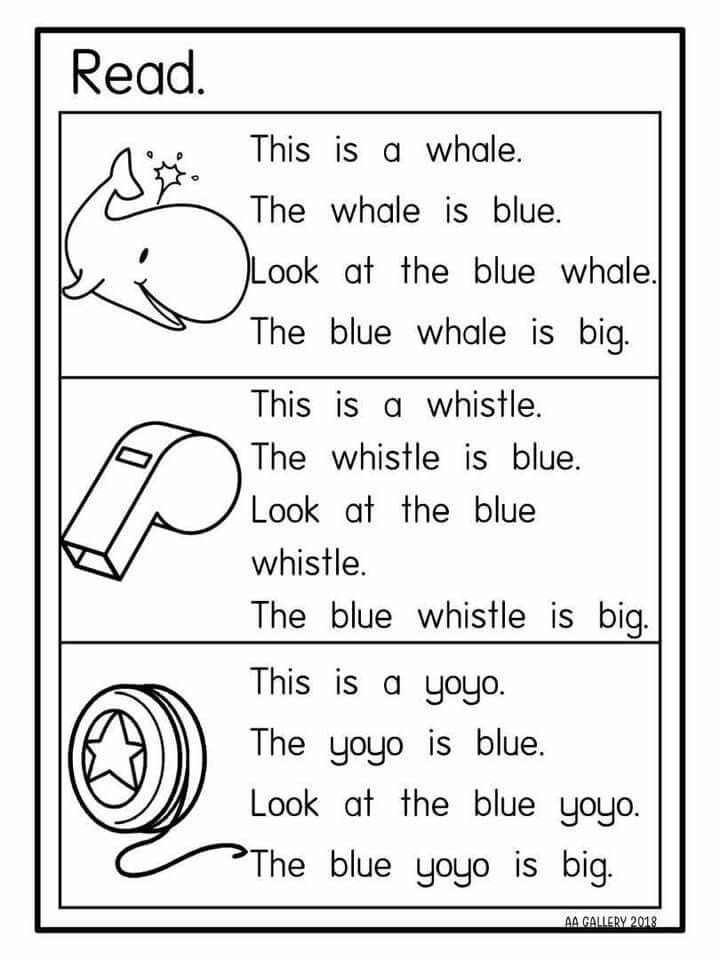Colours for 1 year old
How to start teaching colors to a toddler (and make it fun!)
You can teach colors to a toddler using fun activities and games. Colors are one of the first lessons that you can start when trying to get your toddler ready for pre-k. Start with the basic colors and then move up, adding more as your little learner gets more comfortable.
When can children learn colors?
In general, children are developmentally ready to learn colors at one year old. At 18 months, children can differentiate colors. Toddlers can name different colors by the age of 2.5-3 years. Use fun activities to guide your teaching at home.
Even though they won’t be able to tell you the difference between the colors until around 18 months, this doesn’t mean that you can’t start exposing your child to the concept of colors before that 18-month mark.
You should! Some kids learn their colors sooner, and some learn them later. Get started with this guide to teach colors to One Year Olds
Benefits of Learning Colors· Color recognition can boost language skills because learning to identify and describe colors improves the child’s ability to communicate and express themselves
· Learning colors strengthen math skills, helping a child learn how to sort, organize, categorize, and compare.
Early identification of colors helps to create the cognitive link between visual clues and words.
“The ability to identify colors is considered a marker and milestone in a child’s cognitive process and is often part of early screening for the development and educational admittance.”
Follow the learn through play color lesson plan and start teaching your child colors!
Short on time? Jump to it!
Which colors to teach first?Young children typically love bright colors. There are many colors in the rainbow, but first. Start with bright bold primary colors (and green).
- Red
- Yellow
- Blue
- Green
Introduce these colors first through different activities, and let the child understand the concept of primary colors before you introduce other colors.
How to start teach colors to your toddlerBelieve it or not, there is a fun and straightforward process your child’s interest and go as fast or as slow as needed until your child grasps each concept.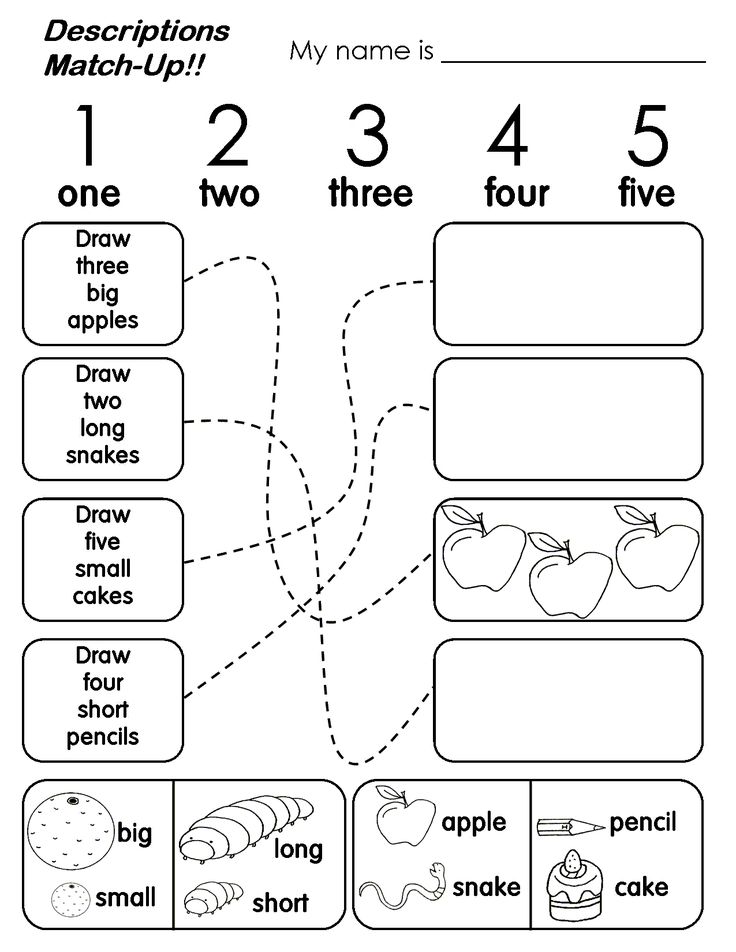
Grasping colors is easier if you break it up in a few simple activities.
Create activities around each color. I used to do a full 2-3 weeks or even a month of activities for each color before introducing others. It just made grasping the concept easier once the first primary colors are mastered the rest were easy to learn.
You might like: Weekly lesson plan for color activities: color REDMy son mastered all colors by age 2y3m. I wasn’t in a rush to get him to know them all so fast as my goal was for him to learn them when he reached 3 yrs old that I knew he needed to start learning the alphabet.
Your son/daughter might be faster than Manu or slower and it doesn’t matter the timeline. What is important is that you start exposing them to the colors and keep practicing.
So, let’s start!
Learn Colors through Word GamesThe first step into teaching colors is to identify and label colors. Compare identical objects of different colors to help your child discern between colors.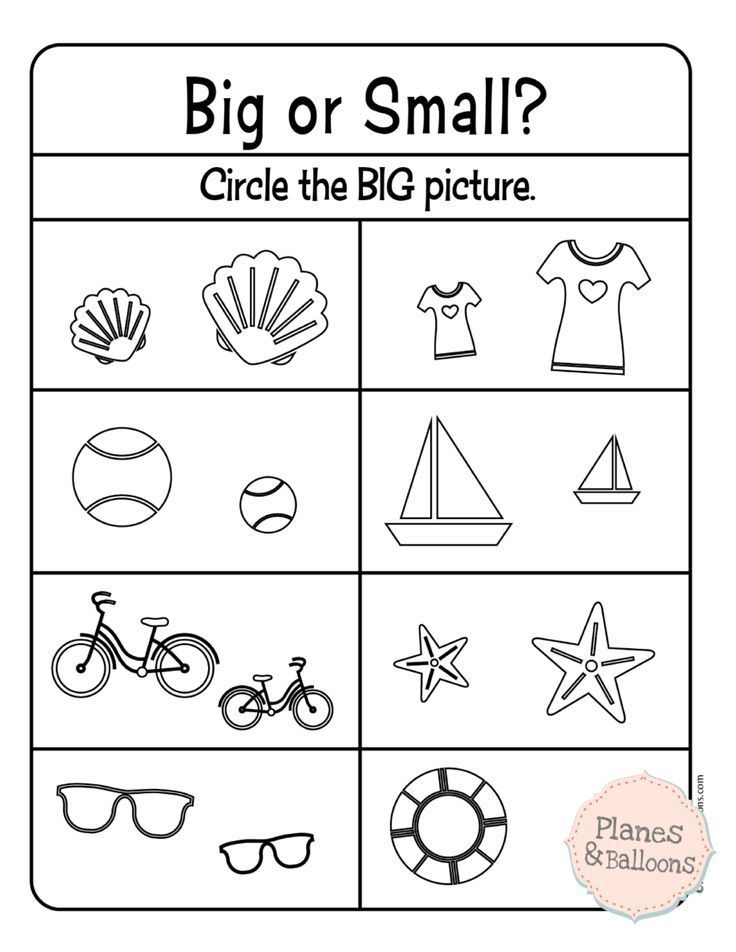
Young children typically attach colors to their objects because the color concept is too abstract for a toddler or a preschooler to comprehend. So, when you use objects to teach your child colors, he will most likely have difficulties to separate the color from its object.
To help children better understand the concept of colors, make sure to use the color words before and after the noun for an object, for example, “This is a green ball; this ball is green.”
Word ActivitiesBalls Activity
- Grab 4 color balls, one for each primary color, and place them inside a basket.
- Place the basket in front of your child and take out one by one.
- “This is a red ball – this ball is red, This is a yellow ball – this ball is yellow, this is a blue ball – this ball is blue”
- Place the balls inside the basket again and let your child take one ball at a time.
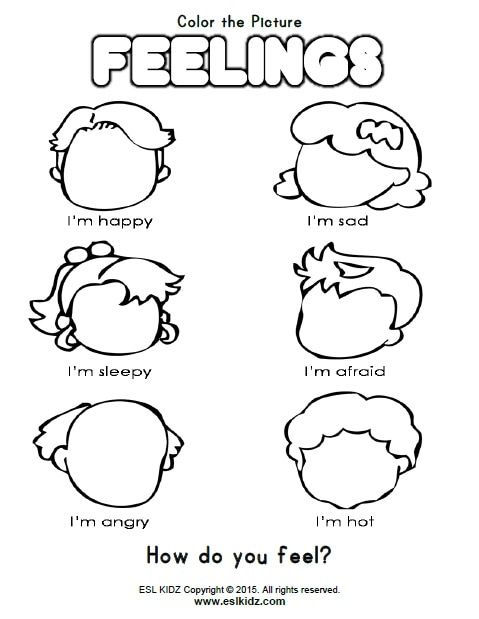 When he/she takes it out, say the color of the ball.
When he/she takes it out, say the color of the ball.
Toss Activity
Another great activity to practice color words is a color toss activity. Create a color sorting board and color toss each ball into the correct color hole.
Research shows that music has a strong influence on a child’s development and learning. Sing to your child songs and rhymes with colors as kids tend to remember rhymes easily. Check YouTube for color songs and rhymes that teach colors and watch them with your toddler.
Check out or favorite color songs for toddlers
Youtube Super Simple songs are very catchy and well done. This blue song is a great one.
I love to sing I can sing a rainbow (YouTube) as we wave color scarfs around. I have been singing that song to my son since he was one and now that he is two, he can sing along with us as he picks the right color scarfs.
Learn Colors through books
Books are a great opportunity to teach colors.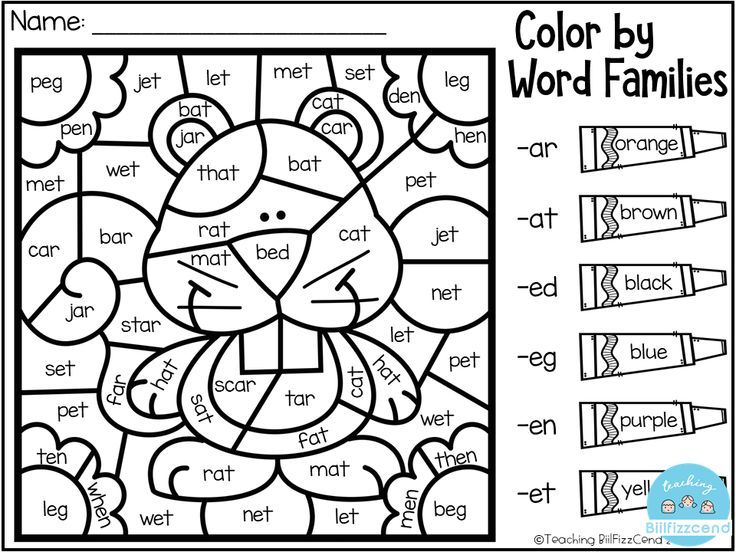 Use books that are all about colors and point colors often while you read.
Use books that are all about colors and point colors often while you read.
A great way to learn colors is to create activities around the book.
Best Books to Learn colors
My Favorite Color Books
- Dog’s Colorful Day
- My favorite color book! I used it for sensory class and we played with edible paint after to make the color spots on the dog.
- What Makes a Rainbow
- A book that has a story for each color with a textured ribbon, as you pass the pages the rainbow forms. I used this book for our Virtual Mommy & Me class for Spring) and we painted a rainbow using homemade watercolor paint.
- Brown Bear, Brown Bear, What Do You See? A classic that is fun to read because it’s an easy rhyme to remember and should be in everyone’s library. Use coloring pages of this book and color each animal.
Top Books to learn colors recommended by Teachers
- Planting a Rainbow (Best price found on Amazon)
- White Rabbit’s Colors by Alan Baker (Best price found on Amazon)
- I Love My White Shoes – Pete The Cat (Best price found on Kidbooks)
- What color is bear’s underwear (Best price found in Amazon)
- The Color Monster (Best price found on Amazon)
- Monster Colors (Early Learning Rhymes) (Best price found on Kidbooks)
Repeat colors each morning when helping your child to dress and get ready for the day.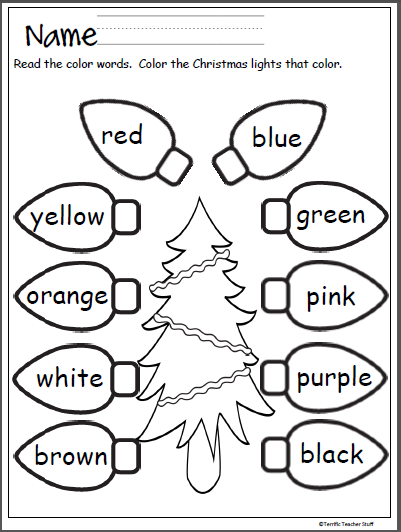 For example, say, “Today you’ll be wearing a blue shirt and yellow pants to daycare.”
For example, say, “Today you’ll be wearing a blue shirt and yellow pants to daycare.”
Allow your child to pick pieces of clothes for him/herself and ask which colors he has choosen.
Repetition throughout the day with different activities will ensure that your child learns the colors easily.
Eat Colorful Meals TogetherInvolve your child in grocery shopping and meal preparation activities. Allow them to choose, touch, and play with raw fruits and vegetables while you’re shopping and preparing food at home.
As you cook and serve food, introduce each food item with their color and say, “This is a green cucumber. This cucumber is green.”
Create opportunities for choices. While showing them each item, allow for them to choose what they want. For example, Ask your toddler “do you want a red apple or a green apple”
Use Nature Walks to learn colorsExploring nature is a wonderful way to teach colors to young children.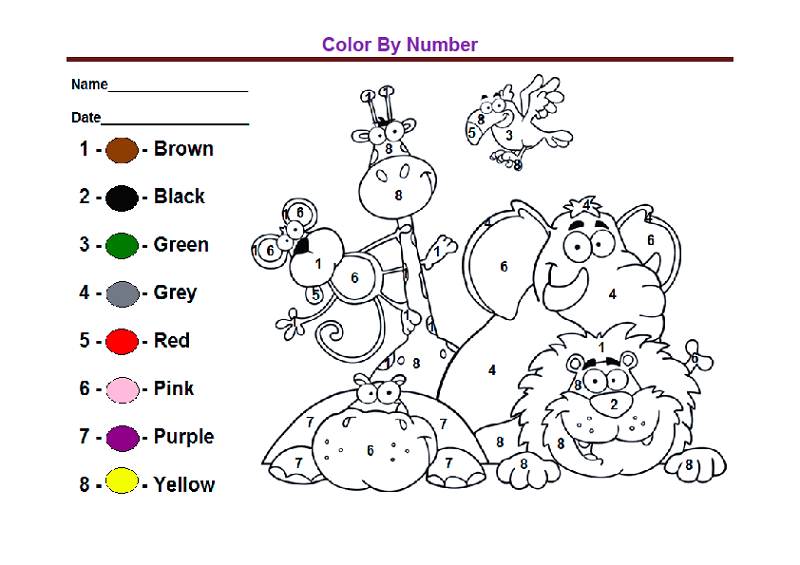 While outside, introduce the colors of flowers, the sky, grass, leaves, birds, butterflies, tree trunks, and so on.
While outside, introduce the colors of flowers, the sky, grass, leaves, birds, butterflies, tree trunks, and so on.
Repeat colors while you and your child are spending time outdoors. Children are naturally curious and interested in nature. They love to observe various things in nature such as flowers, animals, or clouds, and ask many questions.
Observe Colors in Nature Together and go on scavenger hunts together. Collect flowers, sticks and other found items in the colors you are practicing and working on.
You might also like: Tot School Free Color Lesson PlanPlay iSpy
Review each color of the rainbow. Start with the first color and try to search for items that are that color during your walk. You can both participate – do not expect your child to do all the finding. It’s more fun if you both do.
Match Colors in Nature
You can help your child learn colors faster by setting up activities that provide matching opportunities.
Matching colors is a math skill as being the very first lesson to helping a child learn how to sort, organize, categorize, and compare.
Take a color wheel of color flashcards and play a matching activity. Find different color flowers, rocks, mailboxes etc.. and match them to the right color flashcard.
You might have to do all the matching at first, but be patient and repeat the activity often, eventually your child will surprise you and start looking for the flashcard that matches the plants/flowers they collected.
Learn Colors With Invitations to PlayWhile a one-year-old might have trouble verbalizing the name of the color, he/she can still identify each color by matching it and sorting it.
Check this out: Easy Indoor color Activities Use color puzzles to practice colorsA great matching activity are color sorting activities using puzzles. These activities not only teach children colors but also encourage problem-solving skills, cause and effect, math skills, attention and focus, language skills, fine motor skills, hand-eye coordination, and cooperation.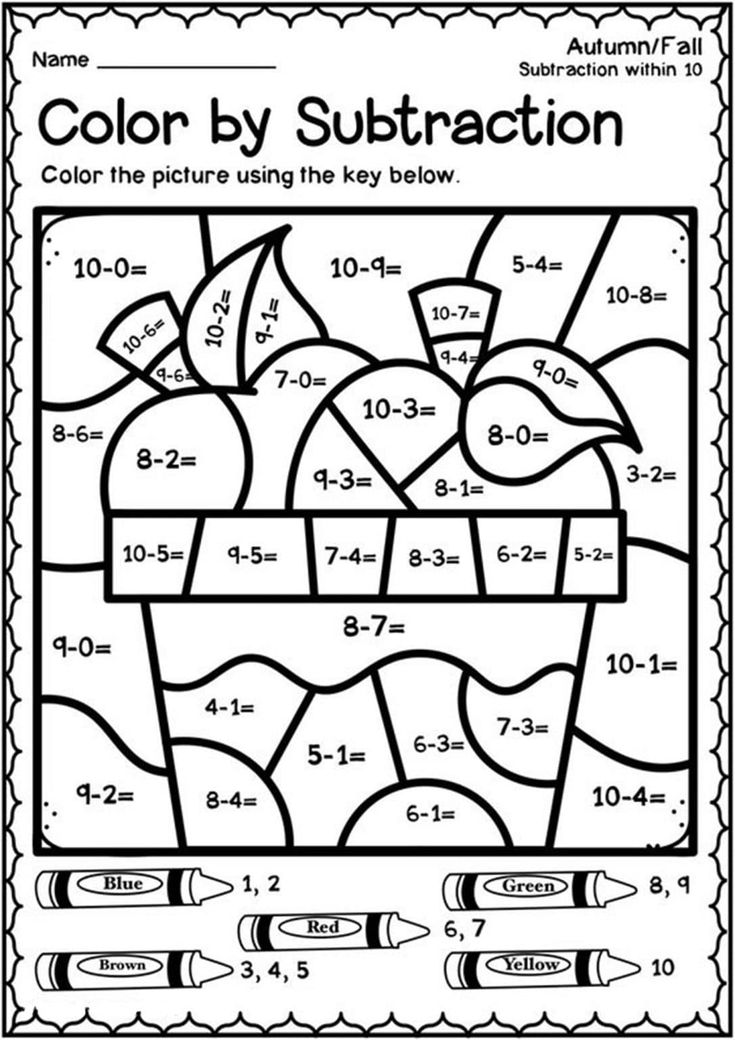
Play with color matching puzzles that can be sorted by colors. Only use the red, yellow, blue, and green pieces first and continue with other color pieces as this skill gets mastered.
Using sorting worksheets sort each color item to its matching pair.
Use color matching printables to practice colorsA great opportunity to work on matching colors is through worksheets. This allows your toddler to match the exact same color and item for a true matching exercise. You can use your toddler’s interest to make the activity more interested.
If your toddler loves sharks like mine does, the shark worksheet is awesome! Does he/she love cars, trucks and other transportation equipment? Then follow their lead.
When playing the matching game, always verbalize the color that your child is holding. If they are holding the yellow shark and are ready to match it with the yellow, say “yellow shark good job, that is the yellow shark, yellow and yellow” (as you point to teach shark)
Learn Colors Through Sorting ActivitiesIf matching has become too easy, then color sorting is the next level up in learning colors.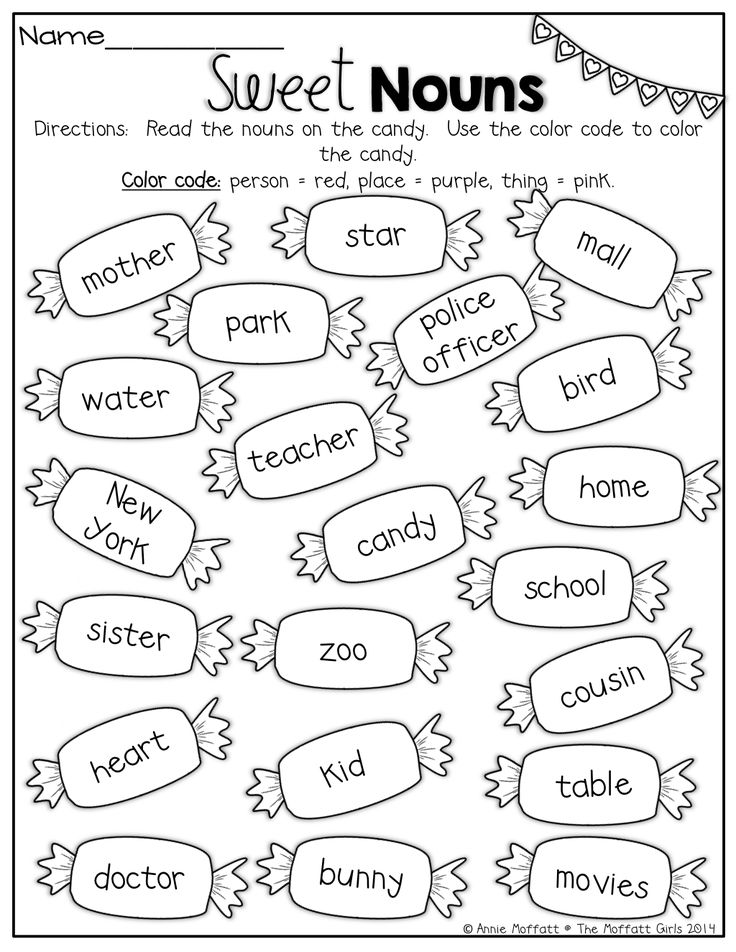
Provide a set of activities where you toddler can sort items by colors. Have a cup of each color and a few toys in a basket or tray and allow your toddler to put like -with-like.
This activity is also a great activity to practice fine motor skills as they learn.
You can get super creative setting up activities and sensory bins to work on sorting. Get the lesson plan book for a full list of ideas.
View this post on Instagram
A post shared by 🎨Alexa 🎨 (@kidactivitieswithalexa) on
Parent tip: During sorting activities, ask your child “can you show me blue?” and allow him/her to point at the colors. Repeat with the rest of the colors.
If they point out the wrong color, say “That is red.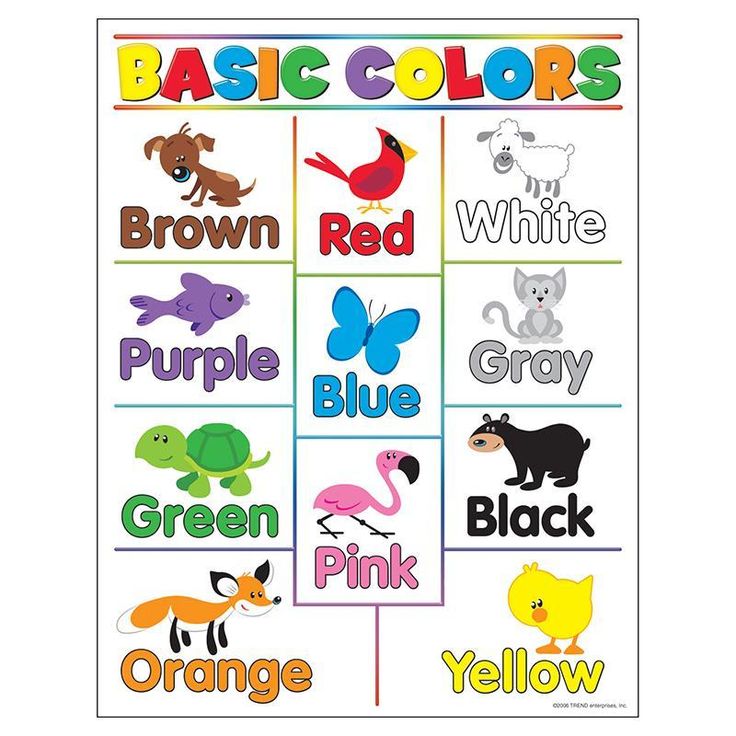 Can you show me blue”
Can you show me blue”
If they continue to show you the wrong color, stop asking and just continue to play the matching and sorting activities and verbalize the colors you are playing and touching as much as you can to continue the name association.
Use Coloring Pages to Practice Colors
Provide coloring pages with black-and-white illustrations that are associated with that color. For example a yellow sun, a red apple, etc. Ask your child to use crayons, markers, or colored pens.
Learn Colors through Art ActivitiesI love to take full weeks and focus on just one color. This means we would go on nature hunts to search for things that are that color, we will dress in clothing that has the selected color, we would include the color during snack time and we would do tons of activities related to that color.
I love art, and even though at one and two years old, art is just process art and it’s job is to explore materials I love to involve paint activities and all types of art supplies to our learning week.
Children are naturally curious and love to experiment with colors, materials, and textures. Make sure to provide safe, non-toxic art supplies such as markers, crayons, colored pencils, and brushes and encourage your child to draw and paint. Art activities not only teach colors but promote fine motor skills development, boost cognitive abilities, creativity, and imagination.
Different types of painting and a variety of coloring supplies like chalk, markers, or finger painting, will spur your child’s interest and spark their creativity.
When doing art, always name the color of the crayon or marker that you’re working with and encourage him/her to repeat it. Engage finger painting not only to teach your child colors but to enhance creativity and sensory skills as well.
Parent tip: If your toddler can match the colors correctly, can sort colors to its own, and can point to the correct color when asked, then you can now point to a color and ask “what is this color” and allow your toddler to correctly identify it.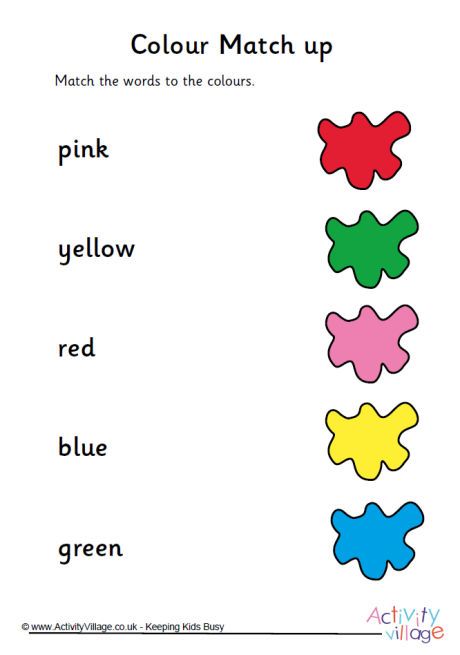
Offer playdough and other brightly colored craft and sensory materials such as squeeze bottles, pom-poms, water beads, kinetic sand, stickers, etc to create craft projects to practice each color.
Introducing Secondary ColorsOnce your toddler masters primary colors a fun activity to introduce new ones is with a mixing paint activity using washable paint.
- Tape paper to table so pre-toddler doesn’t pick it up and makes a paint disaster
- Choose two primary color paint (I used @crayola finger paint)
- Place a few dabs of your first paint on the left side of the paper
- Place paint #2 on the right side -let pre-toddler spread the paint and be amazed at the new color created
- Clean up messy hands when done
- Hang art project proudly
Last thoughts on learning colors
These activities are fun ways to teach colors to your toddler. Start with matching, then sorting, as you practice pointing and naming them.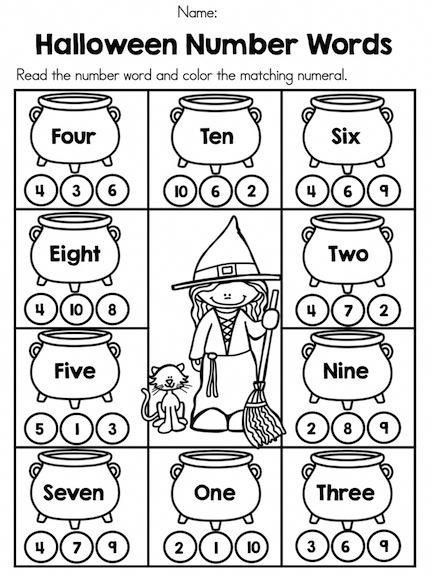
Remember to start with just a few colors, (primary color are best) and then move on to others until you complete the rainbow.
Throughout all of the activities look for opportunities to teach children color recognition but also encourage them to practice fine motor skills, hand-eye coordination. All of the activities above work on helping improve their language development, and boost creativity and imagination, therefore nurturing all aspects of your child’s development.
teaching colors to a toddler with Pre-made Color Lesson Activities
Sometimes is easier when you have a complete package with all the lesson plan, activity ideas, printables, art projects etc. Start learning the colors at home.
I created the Play & Learn Color Bundle so you can start implementing all of these ideas at home
teaching colors to a toddler with the Color bundle:
- Quick & Easy Activities
- Coloring Pages
- Matching Activities
- and more…
How To Teach Your Toddler Colors! (9 SIMPLE Strategies)
lorsAre you trying to teach your child the beautiful colors of the world?
It’s kind of hard, huh?
When I started teaching my kids colors, I had no idea that it could be more complicated than learning the alphabet or numbers!
But it makes complete sense.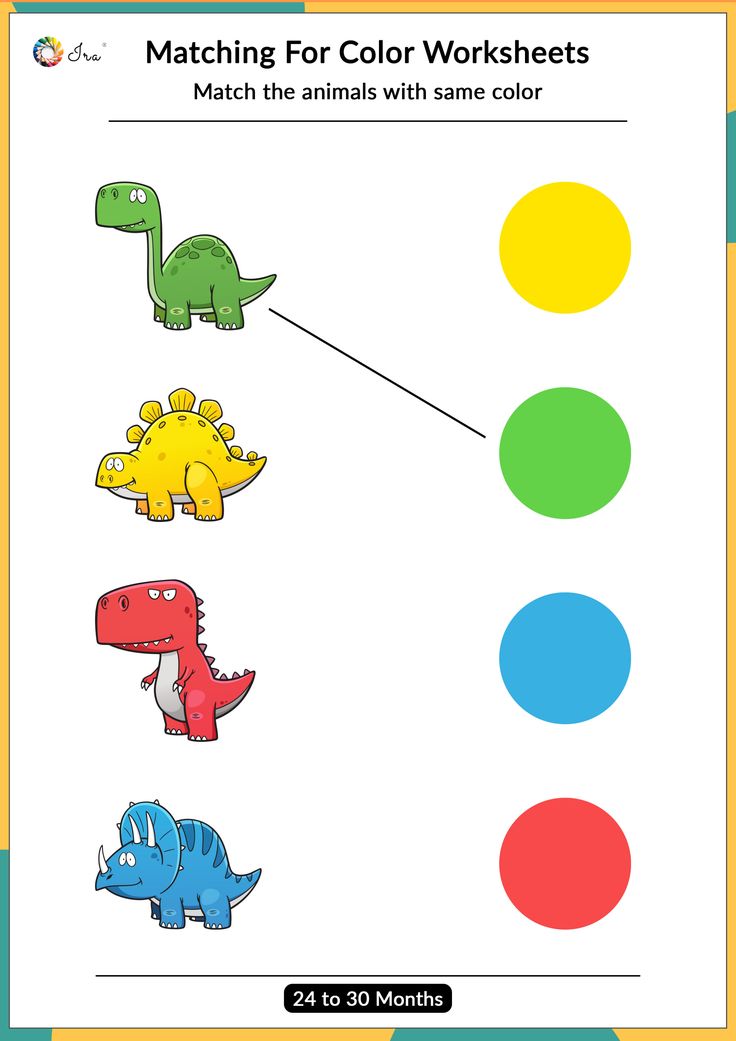 Toddlers are learning to identify SO MANY new objects like shoes, apples, balls, etc.,
Toddlers are learning to identify SO MANY new objects like shoes, apples, balls, etc.,
And then, we add the element of color to each item.
That’s pretty high-level thinking for these kiddos!
For a frame of reference, Most toddlers can learn how to differentiate colors by 18 months old. However, it takes them a little longer to be able to name the colors. This milestone typically occurs at 2.5 or 3 years old! But remember that these ages range DRAMATICALLY between different kids, so don’t panic if your child is a bit behind.
Do you want to teach your child about the beautiful colors of our world?
In today’s post, I am sharing 9 ways you can teach your toddler the colors!
#1. Focus on one color at a time.
I don’t know about you, but opening a brand new pack of Crayola crayons is one of my favorite things to do!
In that box of crayons, there are many colors to choose from, and the massive amount of choices can become a problem.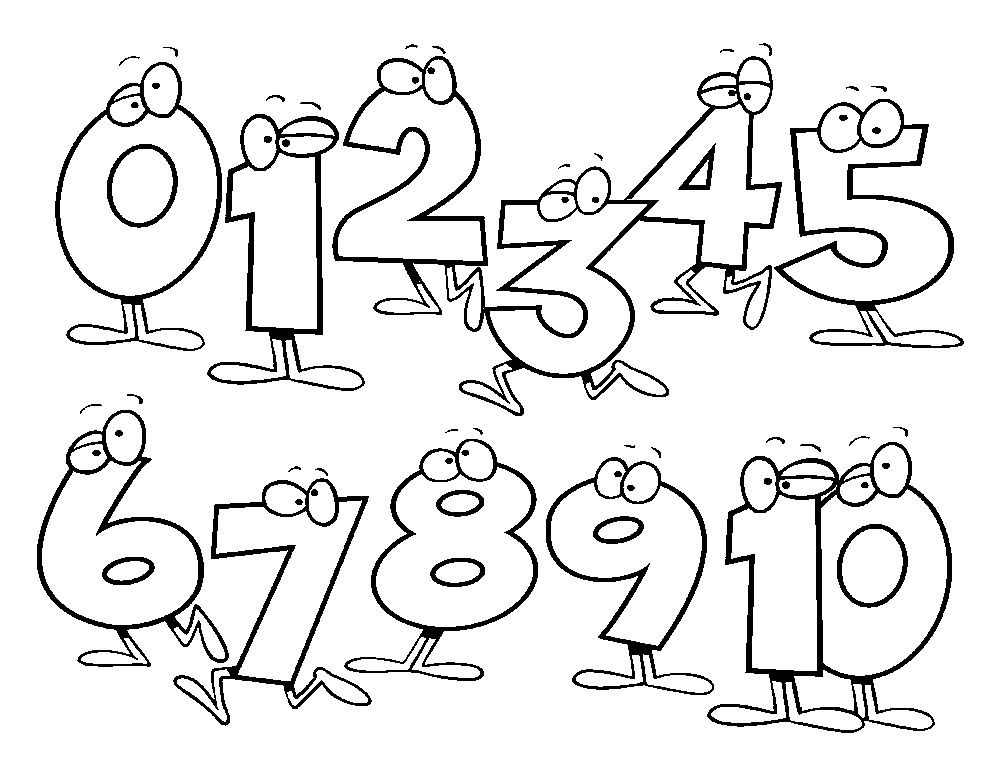 To keep a toddler from being overwhelmed, it’s best to have them choose one color that is their favorite.
To keep a toddler from being overwhelmed, it’s best to have them choose one color that is their favorite.
By focusing on only one color at a time, the child will be able to identify that color more clearly.
When your child has picked out their favorite color, allow them to get some of their creativity out! Grab a piece of paper or coloring book page and show your toddler how to scribble with the crayon.
Make sure to point out objects inside and outside the house that are the color that they chose to make a connection to real-life things.
Once they have mastered one color, move onto another color.
#2. Sort objects by color.
Do you want your kids to be organized like Marie Kondo? YES PLEASE!
Learning how to sort things can help organizational skills! Sorting activities are great for learning that things can be different and the same.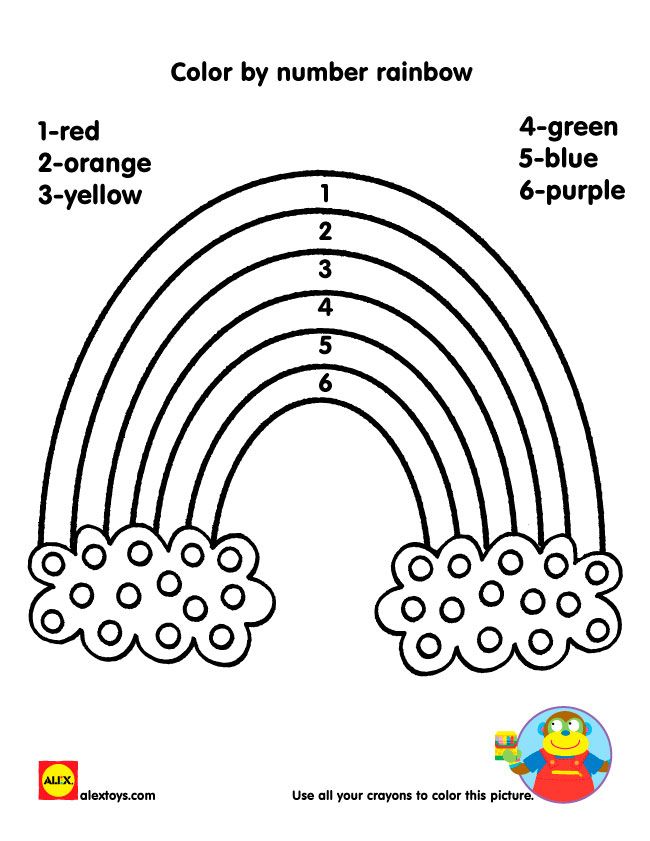
Painting trays View/Check Amazon's Price
I like to use a paint tray for sorting activities because it separates each colored item. If you don’t have a paint tray, you can use cupcake tins or even just different boxes or Tupperware containers!
In the beginning stages of sorting, you should label what color item you want the toddler to place in each section, so it’s easier for them to figure out. Also, start with only 2-3 different colors to sort then add more when they get the hang of it!
The great thing about sorting activities is that there are endless possibilities of items that you can sort. Some examples are pom poms, colored paper clips, beads, colored goldfish crackers, marbles, Fruit Loops, M&M’s, and Skittles.
You can dump out the items of your choice out on the floor or table and show the toddler how to separate the things in different sections.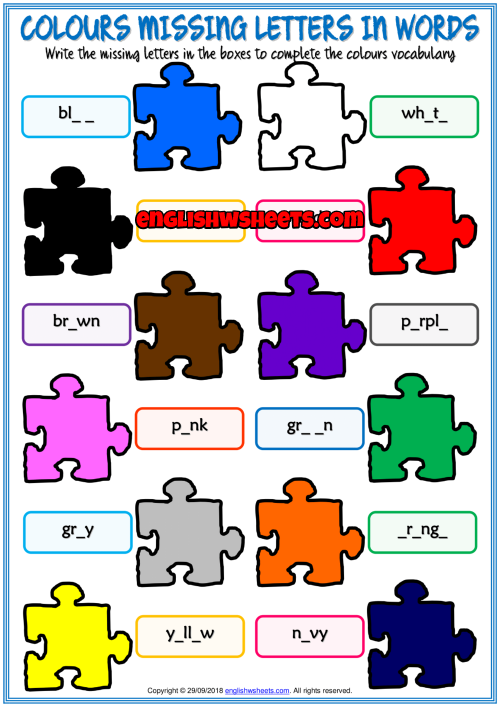 Ask them to finish what you started! It may take them a little bit of time to catch on, so be patient and give them positive feedback.
Ask them to finish what you started! It may take them a little bit of time to catch on, so be patient and give them positive feedback.
#3. Play with color learning toys.
When I first began teaching my children colors, I didn’t use any toys. I thought it’s best to use art supplies to teach them about the colors!
But after my son started coloring with markers all over my kitchen floor, I needed to come up with a better plan.
Through play and everyday experiences, children will learn their colors if a parent or caregiver helps teach and interact with them!
Here FIVE of my favorite toys that help children learn their colors!
A. Color Fun Fish Bowl
There are two functions on this toy. It can explain what color each fish is when it’s put into the bowl, or it will ask the toddler to find a color and place that fish in the slot.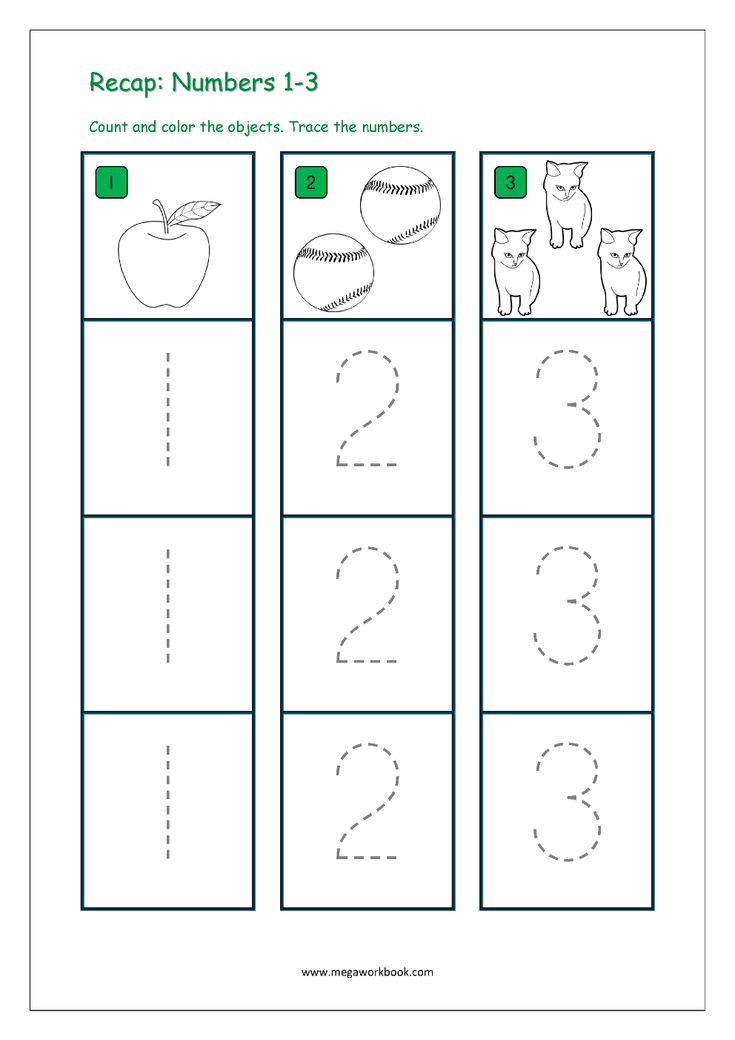 My son enjoys putting the fish in the slot, which works on fine motor skills too!
My son enjoys putting the fish in the slot, which works on fine motor skills too!
B. Counting Bears with Stacking Cups
View Price - Amazon
The counting bears work on several different skills (colors, sorting, and patterns). The counting bears are excellent for older toddlers and preschool-aged children!
C. Think & Learn Smart Scan Color Chameleon
View Amazon's Price
SO INTERACTIVE! The color chameleon lights up and changes its color depending on what paint splat it touches. Kids can also scan other things around the home too, and it’ll light up that color, which is AMAZING! Lastly, the chameleon has a game mode that has several different options for preschoolers, so this toy is excellent for long term use!
D.
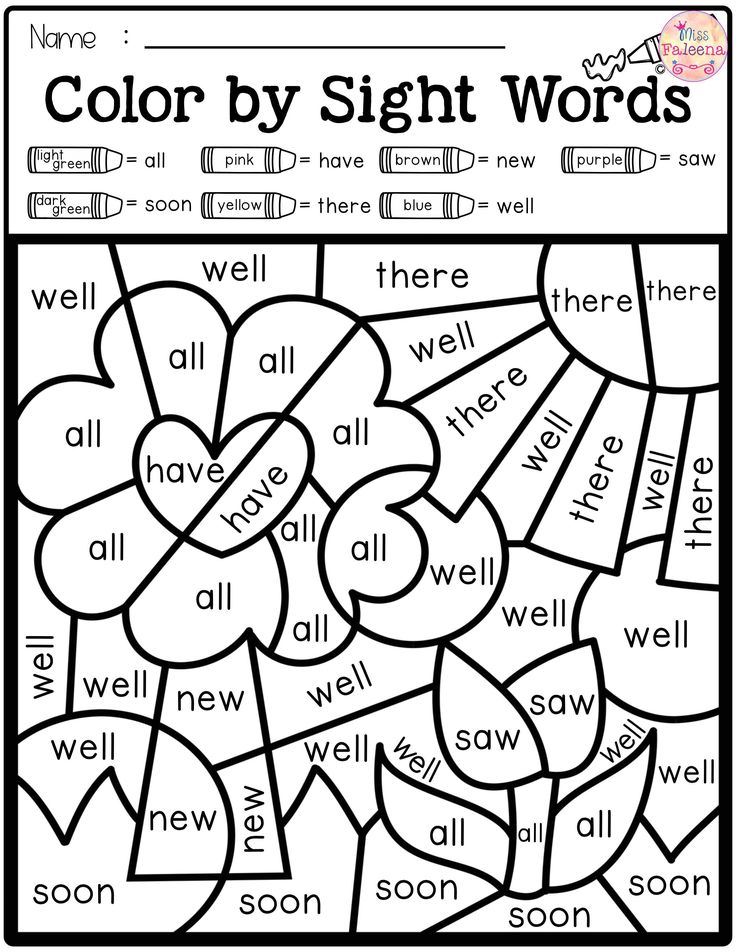 Melissa and Doug Fish Colors Mix ‘n Match Peg Puzzle
Melissa and Doug Fish Colors Mix ‘n Match Peg Puzzle View Amazon's Price
It is no secret that I love Melissa and Doug learning products. I honestly feel that all of their puzzles helped my kids learn not only their colors, but the ABC’s, numbers, and shapes!
E. Color Matching Egg Set
View Amazons Price
These color matching eggs not only works on color matching, but it also works on counting. These eggs are one of my son’s favorite toys right now!
#4. Break out those art supplies!
Letting your toddler play with crayons, markers, colored pencils, or paints is one of the BEST ways to introduce the world of colors to them.
Recently, my son has discovered our dry erase markers, and he LOVES scribbling all over our dry erase board! This simple activity keeps him busy for 15 minutes!
Like I said earlier though, make sure you keep your eye on them if you give them any markers, crayons, etc.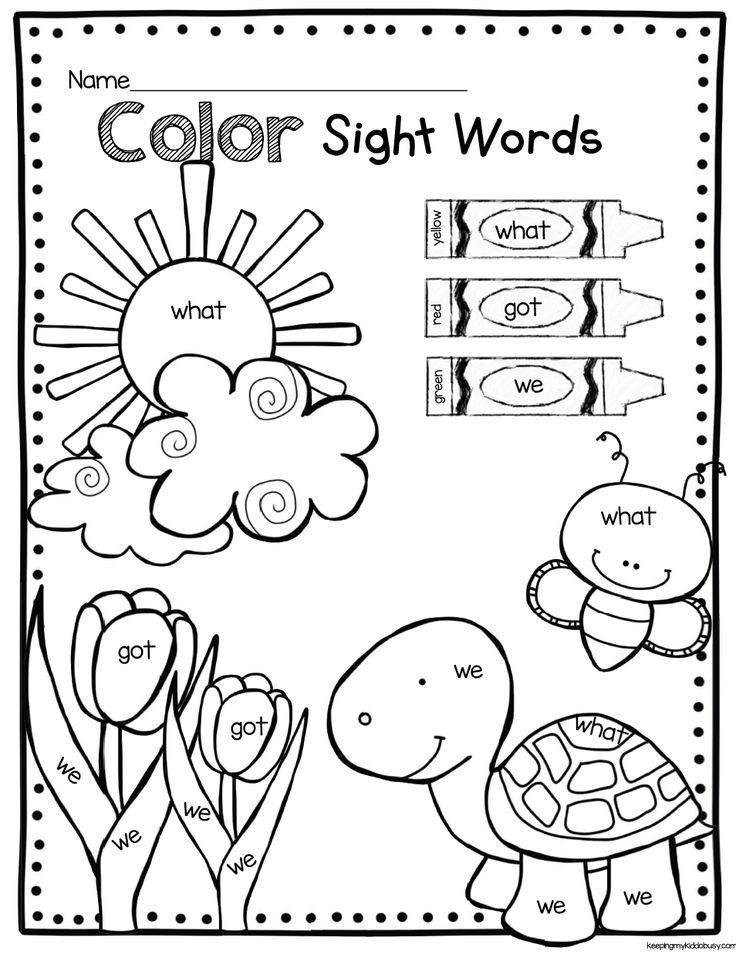 because things can get out of hand quickly 🙂
because things can get out of hand quickly 🙂
Need some inspiration?
Here are THREE easy and fun ideas that I have done with my kids that focus on learning the colors!
A. Plastic Bag Painting
I have been teaching my son the colors by doing a color of the week project. To keep things less messy, I tried finger painting through a zip-lock bag.
B. Cotton Ball Painting
You need a picture to paint, cotton balls, wooden clothespins, kids washable paint, and a paint tray/cupcake tins work too!
C. Rainbow Art
For the older toddlers and preschoolers, this rainbow project is perfect for learning the colors of the rainbow!
For this project, you need Fruit Loops, cotton balls, paper, and glue.
#5. Try Mess-Free Art!
What if I told you that you didn’t have to clean up after an art project?
You don’t believe me, do you?
There are days that I don’t feel like wiping down all areas of my kitchen because of an art project.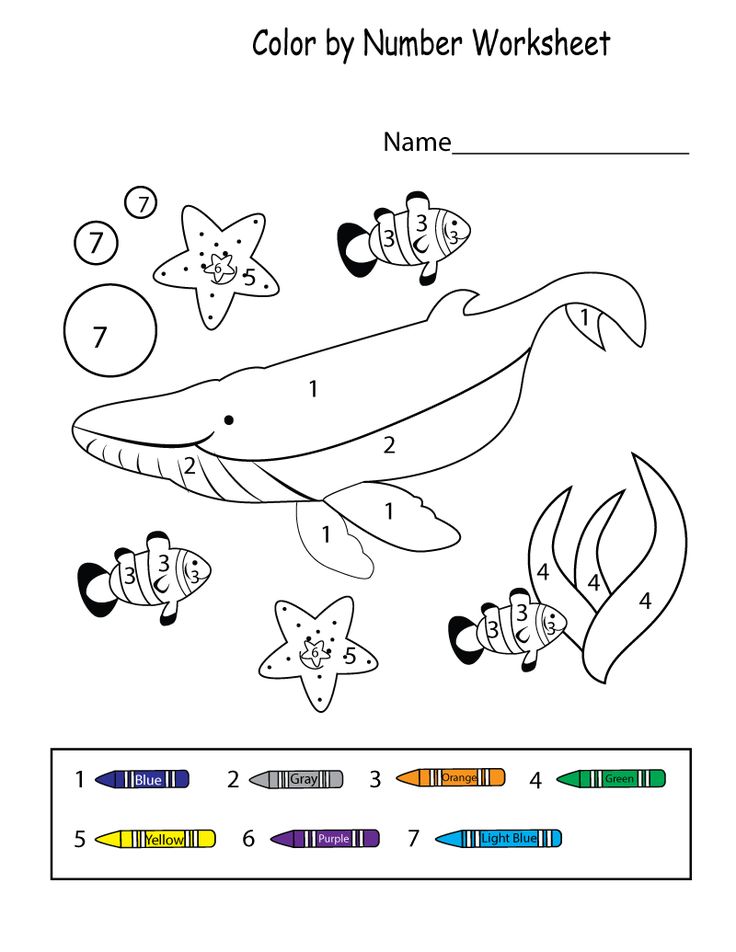 If you’ve never been introduced to the Crayola Mess-Free collection, you must check these items out!
If you’ve never been introduced to the Crayola Mess-Free collection, you must check these items out!
The inks and markers from these 3 products
WON’T stain skin, furniture, or fabrics!
A. Crayola Color Wonder Mess Free Moana Book
These coloring books are the BEST on the go activity. We bring them on airplanes, take them to restaurants and in the car!
Need extra mess-free coloring markers?
- Crayola Color Wonder Markers
B. Crayola Color Wonder Mess Free Coloring Activity Set
View Amazons Cost
My son got this set for his second birthday, and we used it immediately at a sporting event we attended! This is a great on-the-go activity when you know your child may be bored within a few minutes.
This set comes with 5 markers, 15 coloring pages, 2 sticker sheets, ink pad, and 4 stamps!
C.
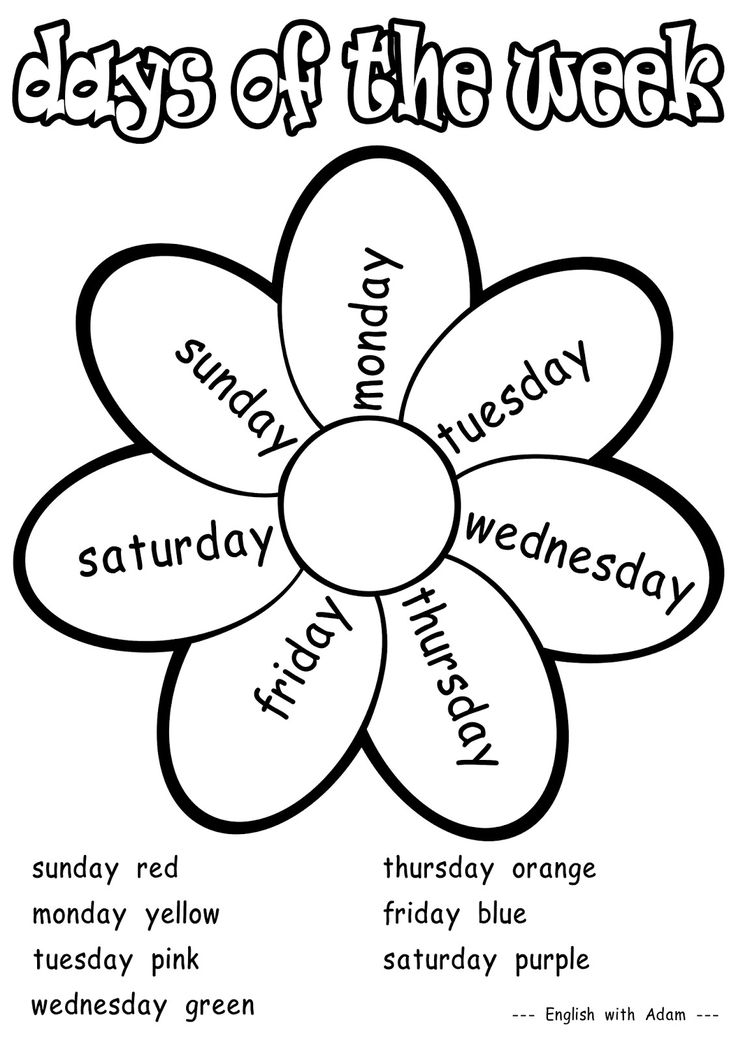 Crayola Color Wonder Mess Free Magic Light Brush
Crayola Color Wonder Mess Free Magic Light BrushCheck Amazons Price
The paints for this set will only work on the color wonder paper provided. The paint is clear, but when it brushes on the color wonder paper, it will turn the color that is in each container!
#6. Point out colors that you see!
This strategy is one of the BEST ways to teach the colors to your toddler!
Everything in our world has color, so make sure to point colors out to your children!
When explaining colors to a toddler, show them a specific object, and tell them what color it is. “Look at that tree, it’s leaves are green,” “Take a bite of this red apple,” or “that bicycle is blue” are some examples of how you should describe an object to a toddler.
When you want to start checking for understanding, you can ask them questions like:
- “Find me the purple flowers,”
- “Show me the orange ball,”
- “Can you bring me the brown marker”?
This is a more advanced skill because the child will have to choose the specific color you are asking for.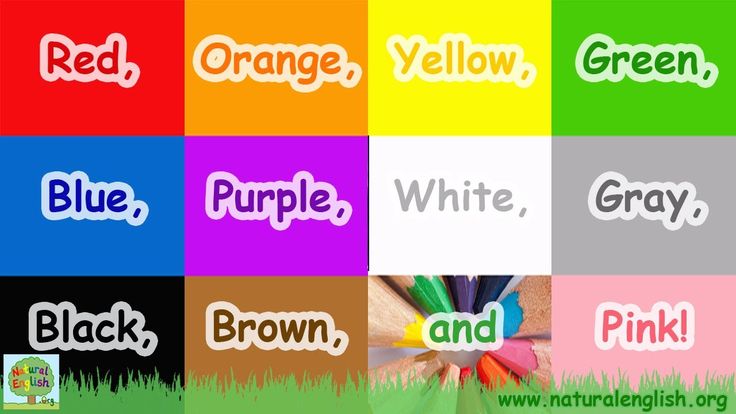
#7. Check for understanding.
Asking your toddler questions about colors is one of the most critical parts of the learning process. You will have no idea what they know if you don’t ask them questions.
Want to see an example of a way to check for understanding with colors? Take a look at this video of me asking my son questions about colors using pom-poms.
If your toddler makes a mistake while you are checking for understanding, make sure to provide them with corrective/ positive feedback.
In the video, you see that my son loses interest for a few seconds. Follow their lead when you are working with them and then try to pull them back in to see if they’ll continue.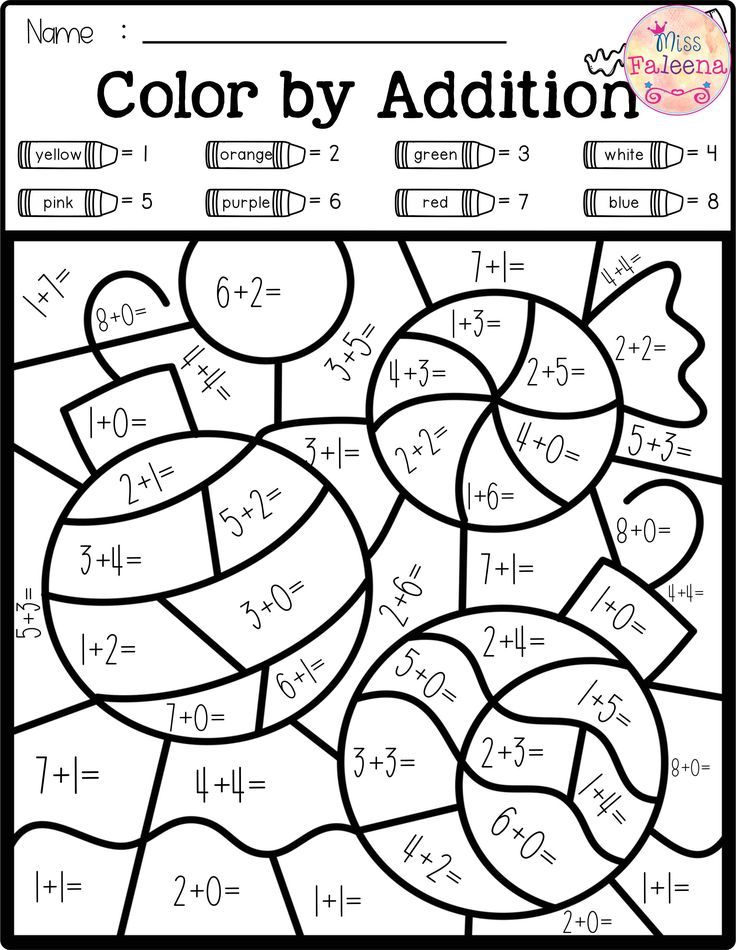 Trust me; you will be able to know if and when they are completely checked out 🙂
Trust me; you will be able to know if and when they are completely checked out 🙂
Does your toddler turn around and play with other toys when you try to ask them questions?
Think about when you were in school, and a teacher picked on you randomly when you weren’t ready to answer. That was THE WORST, right?
If your toddler doesn’t like to answer questions every time you try to check for understanding, that doesn’t mean that they don’t want to learn or they don’t understand the information.
They may want to show you differently what they know.
For example, if your child is playing with a color puzzle and they can match the colors together, then you know they are understanding colors.
Keep encouraging them by explaining each color as they play, and they will become more confident when being asked questions!
#8. Read color learning books.
We all know how essential reading is at every age! These first learning books that talk about colors are perfect for toddlers to start to learn.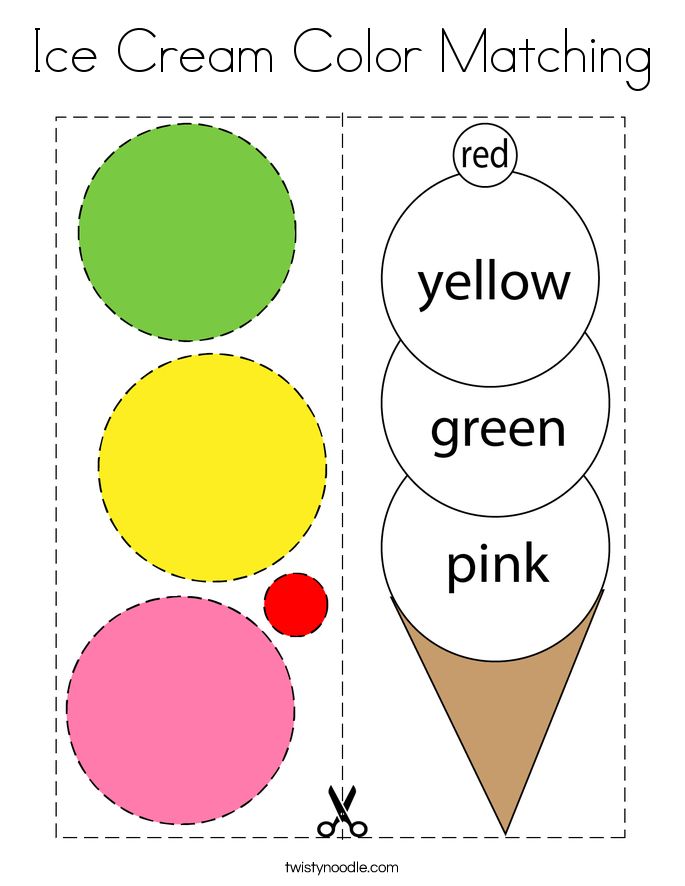
Here are THREE of our favorites!
A. Brown Bear, Brown Bear, What Do You See?
This book is one of my son’s favorites! If your toddler loves animals, this is the book for them. At the end of the book, all of the animals are pictured at once, which is an excellent time to point out colors and check for understanding!
B. Little Friends Sound Book: Colors by Roger Priddy
Looking for something more interactive? Little Friends Sound Book: Colors has buttons on the side that your toddler can touch to match the colors on each page!
C. Mix it up! by Herve Tullet
This book is for older toddlers and preschoolers. It’s wonderful for children that have a good grasp of the colors already because it talks about blending colors to create another color!
Personally, I’d choose this book because you’ll get the most use out of it for future learning!
9.
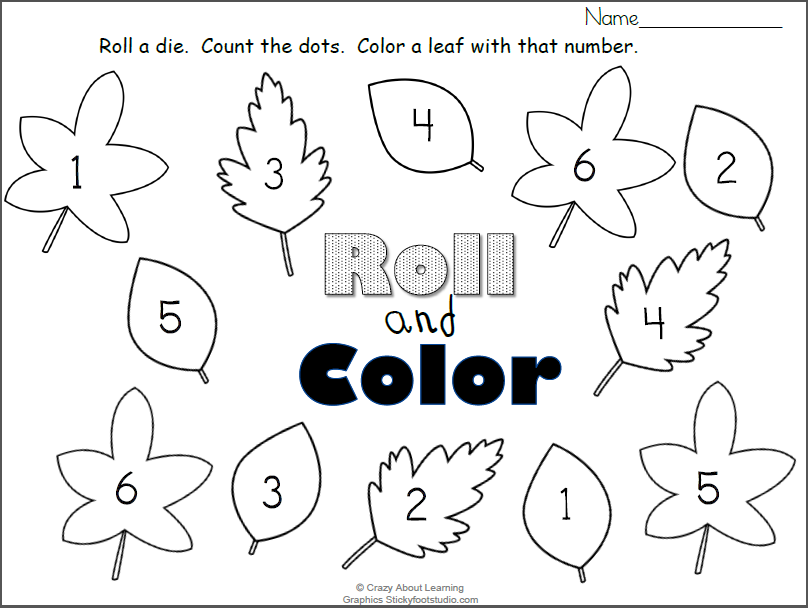 Get moving!
Get moving!
Are you looking for a way to get your child active while learning?
The following THREE color games will keep your toddler staying up and moving while working on their colors!
A. Color Scavenger Hunt
You can create your own scavenger hunt worksheet or use the one I created below!
- CLICK HERE TO GET YOUR FREE SCAVENGER HUNT PDF
Ask your toddler to find a specific object like “run and grab me a green leaf,” or you can be less specific and say “gallop to the garage and find something blue.” When they complete a task, check it off and go through all the colors with them!
Have a basket of all the items they collected and review at the end! They will love looking through everything they found.
Adding locomotor skills for older toddlers will excite them! These are movements such as skipping, running, leaping, galloping, sliding, walking, and hopping.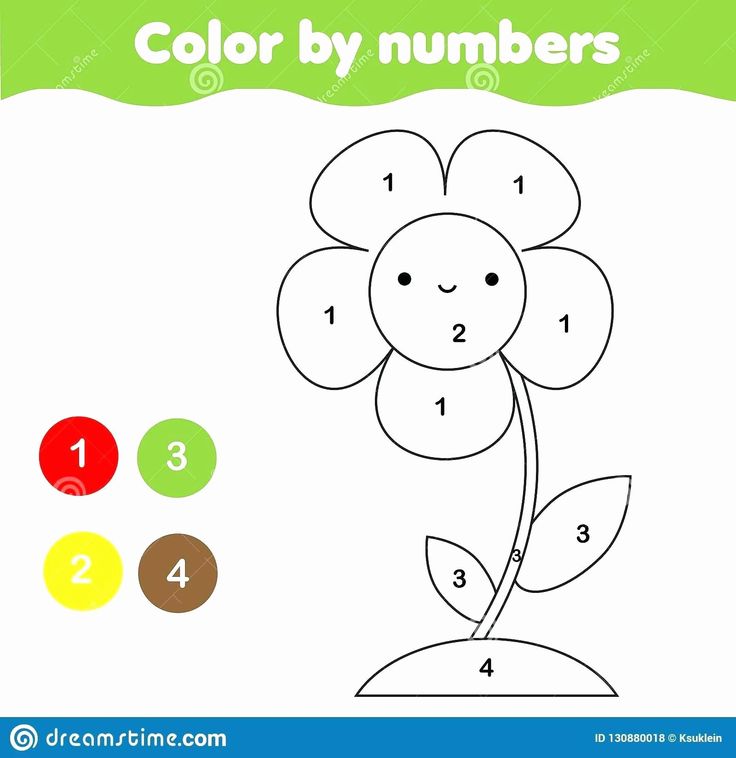
B. Bean Bag Tossing Game
Check Amazons Price
These beanbags are colored and have the name of the word written on them. You can work on color recognition for younger ones and sight words for preschoolers!
One of the best things about this game is that you can work on throwing and aiming skills.
To play with these bean bags, you need first to find a laundry basket, small trash can, or corn hole board! Then ask your toddler to pick a specific color and throw it in whatever container you have chosen.
C. Color Hopping Game
Take sidewalk chalk and make large circles with each color chalk that you have. Ask your toddler or preschooler to hop to a specific color.
After they reach that color, you can have them hop to another color, or you can have them perform a different locomotor movement.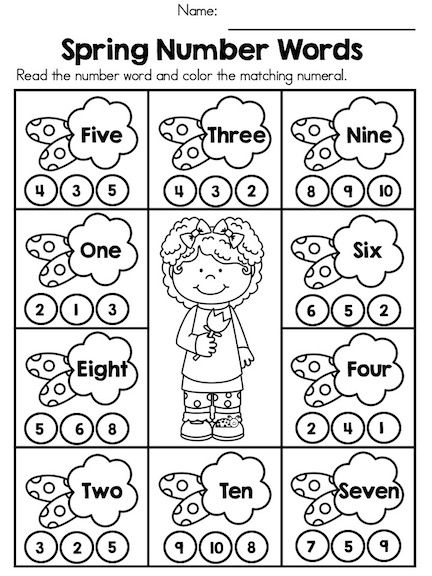
Final Thoughts and Conclusion
Teaching your toddler colors is a fun but challenging adventure!
It’s essential to focus on one color at a time, play with color toys/art supplies, and point out colors daily. Try to mix up the activities that you do with them to keep them engaged and excited to learn!
I would love to help in your journey teaching your toddler colors. Whether you need some creative ideas or you need more helpful suggestions, please leave a comment below.
Also, I’d love to know:
What are your favorite ways to teach colors to toddlers?
Learning colors: how to teach a child to distinguish colors and shades
It is generally accepted that by the age of three a child should learn to distinguish between primary colors. This skill is an important part of sensory development, it gives the child the opportunity to see the world in a new way.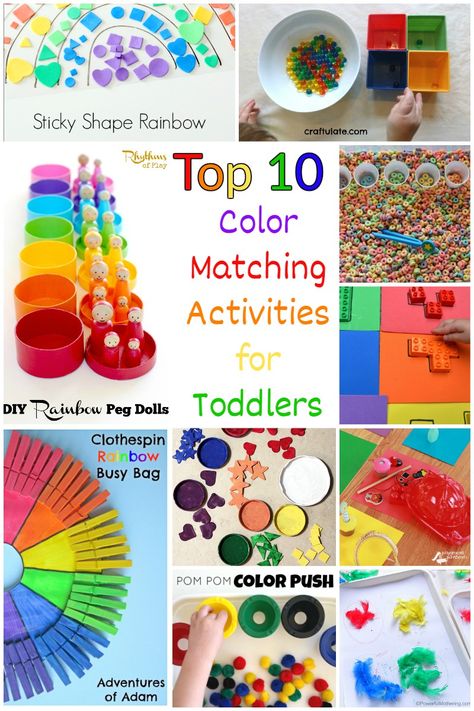 Often, if the baby does not know or confuse colors, parents have concerns about the pace of development of the child. Do I need to worry if the study of colors is not easy for a child? How to teach a child to distinguish colors? You will find answers to these questions in our article. nine0003
Often, if the baby does not know or confuse colors, parents have concerns about the pace of development of the child. Do I need to worry if the study of colors is not easy for a child? How to teach a child to distinguish colors? You will find answers to these questions in our article. nine0003
At what age does a child begin to see colors?
Studies have shown that children begin to perceive colors by 2-3 months. The first colors a child sees are yellow, orange, red, green. At this age, babies can already react differently to their toys of different colors (for example, a red rattle can please a child more than a blue one), look at bright pictures with enthusiasm. The baby's world quickly acquires colors, but if we talk about the ability to consciously find an object of the right color, then usually it appears in children at the age of one and a half. It is at this age that it is optimal to start learning colors in a playful way. You can voice the names of flowers to a child for up to a year, this will only benefit him.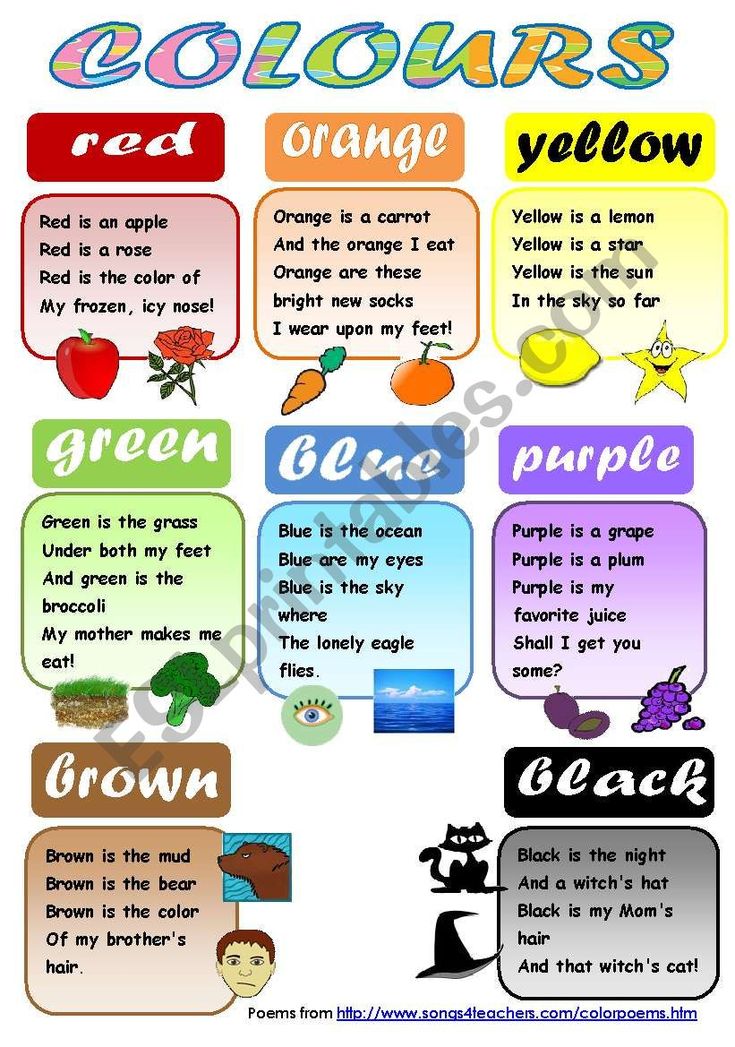 But do not demand too much from the baby, remember that his brain is actively developing, and as soon as the time comes, you will certainly see the results. nine0003
But do not demand too much from the baby, remember that his brain is actively developing, and as soon as the time comes, you will certainly see the results. nine0003
To see if your child is ready to learn colors by playing with building blocks, ask your child to point to a part that is the same color as yours. If the baby can find objects of the same color, then he is quite ready to memorize the names of colors.
Learning colors in everyday life
Children get most of their knowledge about the world in everyday life: communicating with adults and peers, observing nature, playing. The study of flowers is no exception. Sometimes a child does not need to do special exercises to learn to recognize colors. For this, it is enough that he hears the name of the color and associates it with a specific thing. During daily activities, voice for the child what color the objects are around. Whether you are drawing, playing with blocks, looking at cars in the yard, reading, swimming, eating, dressing - in each of these situations, you can gently teach your child to distinguish colors.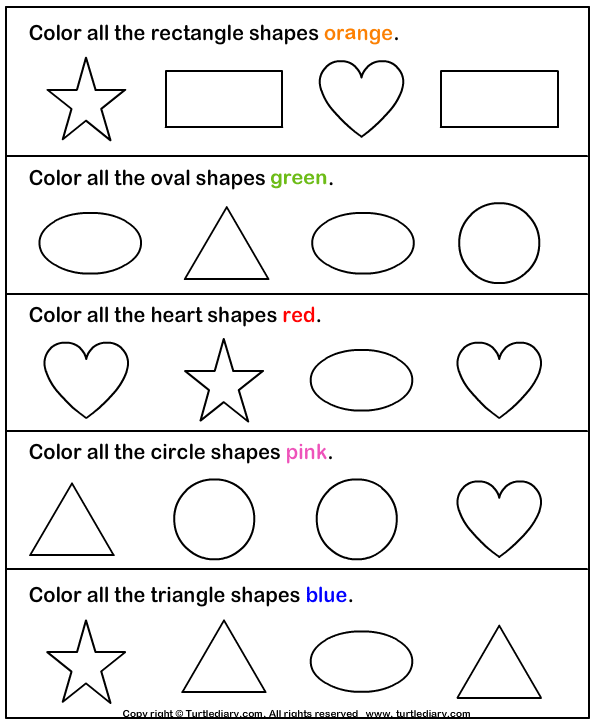 nine0003
nine0003
It is important that the study of colors does not turn into torture. You should not constantly test the child's knowledge by asking him which color is which. Soon the baby may just start to ignore you. “Let's paint the sun yellow!”, “What a delicious green cucumber!”, “Oh, where did the blue cube go? Here it is!" are examples of how you can gently help your child remember colors.
Games for learning colors and their shades
In order to get your baby interested in learning colors or to reinforce the knowledge they already have, you can offer your child to play special “color” games. nine0003
Color Sorting
Sorting games are designed to help children learn to group objects by color. Any materials at hand can be items for sorting: toys, covers, designer parts, cubes, buttons, cereals, pencils, etc. You can organize the game in various ways:
You can come up with as many options for sorting by color, it all depends on your imagination.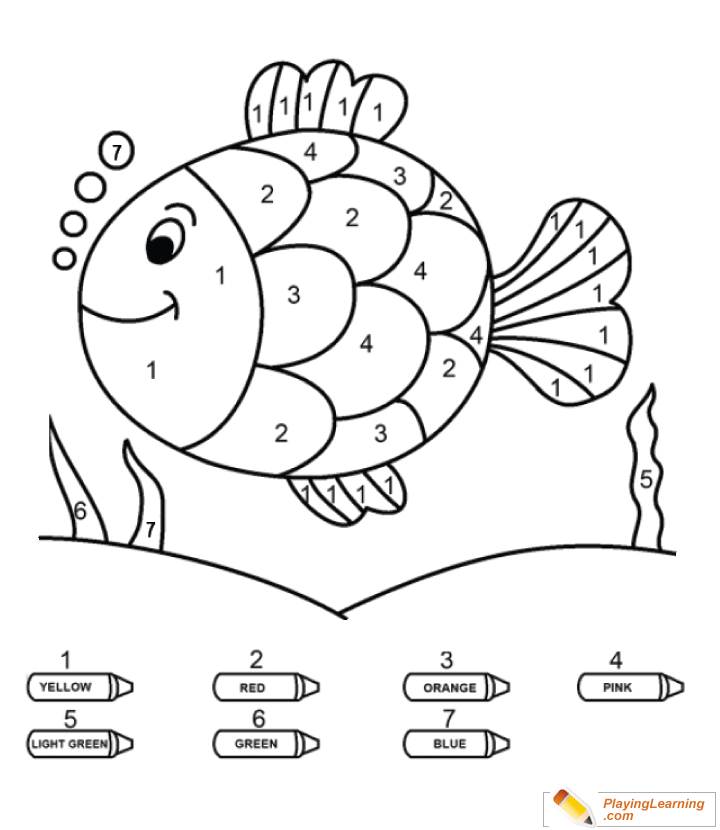 So that the child does not lose interest in the task, connect the plot of the game with his favorite characters, toys (for example, a cat will eat from a yellow bowl, and a baby elephant from a red one, etc.). nine0003
So that the child does not lose interest in the task, connect the plot of the game with his favorite characters, toys (for example, a cat will eat from a yellow bowl, and a baby elephant from a red one, etc.). nine0003
Match a Pair
Help your child learn colors with the Match a Pair series. Ask your child to find a petal for a bug, a pot for a flower, a roof for a house, etc. You can present the baby with a deliberately wrong option and ask to correct the mistakes.
Pick up a patch
Show the child the picture with the missing details. Ask him to fill in the gaps (this can be done with plasticine, pom-poms, caps, cards, etc.). nine0003
Color Lotto
At the age of about one year, children begin to be interested in various lottos. In the color lotto, the task is to collect pictures of the same color on the card.
Colored Sensory Boxes
Create a sensory box for your baby where everything is the same color.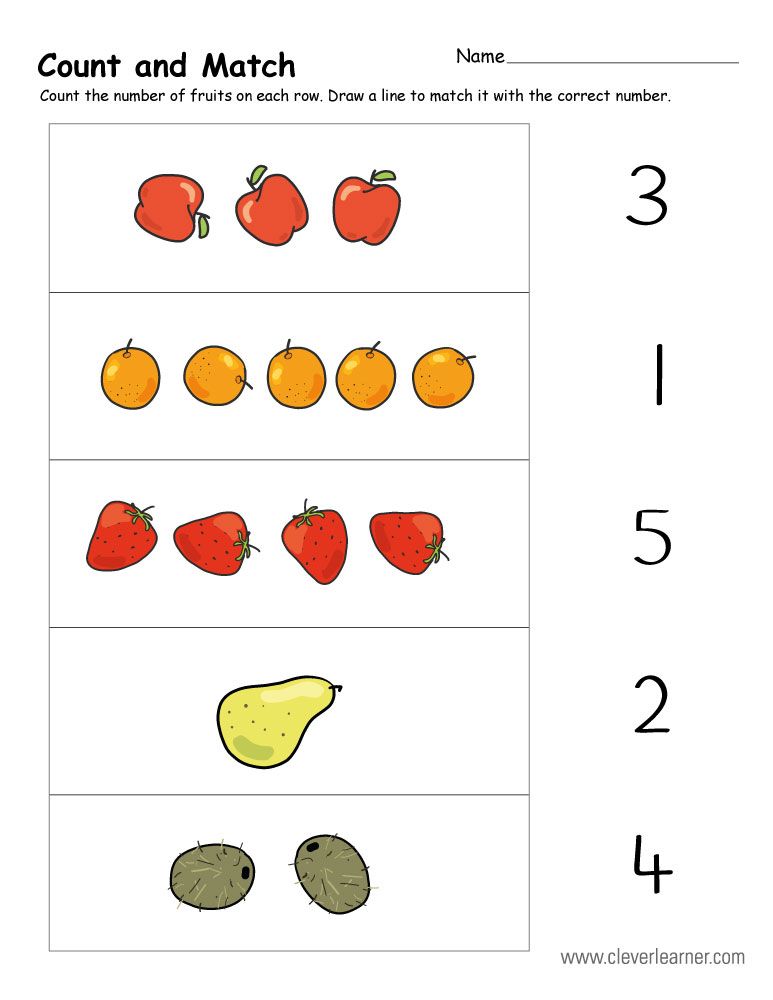 During the game, the child will be able not only to remember the color that he sees, but also to develop fine motor skills, tactile sensitivity, thinking, and imagination. nine0003
During the game, the child will be able not only to remember the color that he sees, but also to develop fine motor skills, tactile sensitivity, thinking, and imagination. nine0003
Color days
This is one of the most interesting and popular ways to teach your child to distinguish colors. Its essence is that during the day (or several days) you draw the child's attention to objects of a certain color. For example, on a yellow day, you can dress in yellow clothes, play with yellow toys, draw a yellow chicken. Surrounded by one color, the baby will easily remember it.
Cards for learning colors
You can learn colors with your child using cards. With the help of Doman's "Colors" cards, you can introduce your baby not only to the main colors, but also to different shades. It is important not to overload the child with unnecessary information about the names of 10 shades of green or red. Learn only those shades whose names you can use in the game and life.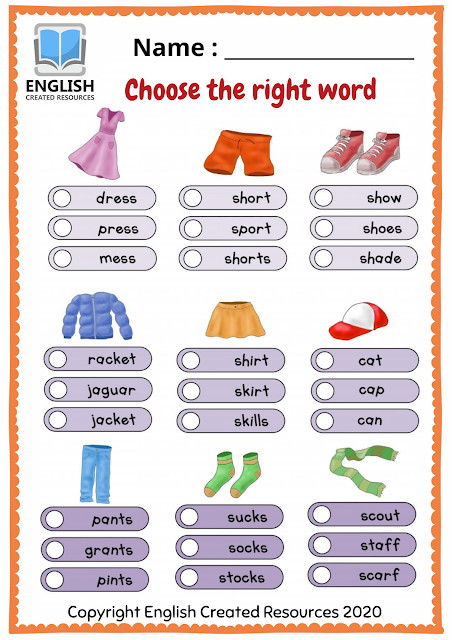 nine0003
nine0003
Board games for learning colors
Board games are a great way to learn about colors and consolidate knowledge about them. Currently, the stores offer a wide range of similar games for every taste and budget. Choose a game that suits your child.
Educational cartoons
There are many educational cartoons on the Internet that will help your child memorize colors quickly. Here is one of them:
Educational books
If your little one loves to listen to stories and look at pictures, this is the way for you. We all remember the wonderful story of V.G. Suteev "Rooster and paints", by S.Ya. Marshak has a whole “Colorful book”. You can also find many educational books that will become your faithful assistants.
Conclusions
We have listed for you different color learning games. In order for a child to master the concept of color well, it is worth adhering to a number of principles: do not rush the baby, provide a variety of material for games, discuss what you see.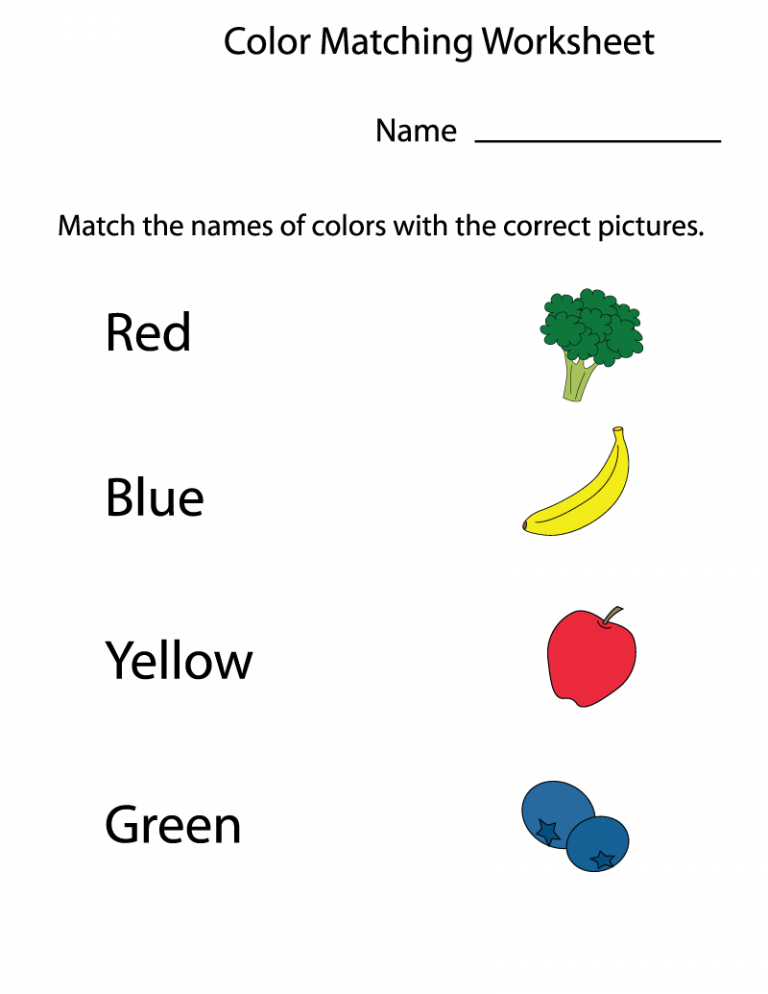 nine0003
nine0003
Conclusion
You can start studying colors from an early age, the main thing is that it is interesting for the child. It is impossible to specify clear age limits when a child should learn primary colors. This process, like all development, is individual for each baby. The Sozvezdie Development Center has created a Montessori environment for kids, aimed at the comprehensive development of the child. In the classes "Together with Mom" children in a playful way get acquainted with the concepts of color, shape and size, do thematic creative work. You can learn from our teachers how to interest a child in an activity and how to properly present him with cognitive information. Develop with us! nine0003
Prepared by a Montessori teacher
Sokolova Oksana
6 techniques from a pediatric ophthalmologist
Contents
- At what age does a child begin to distinguish colors?
- When should I start teaching flowers?
- Step-by-step work
- First introduction to color
- Learning colors in everyday life
- Visual cards "Learning to mix colors"
- Poems about colors with pictures
- Games for learning colors and their shades
- Learn Colors Puzzle Cards
- Exercises for Toddlers
- Activities with an Older Child
- Continuing Learning
- Ways to Learn Colors with a Child
- Method #1 Creativity Finishing the picture”
- Method No.
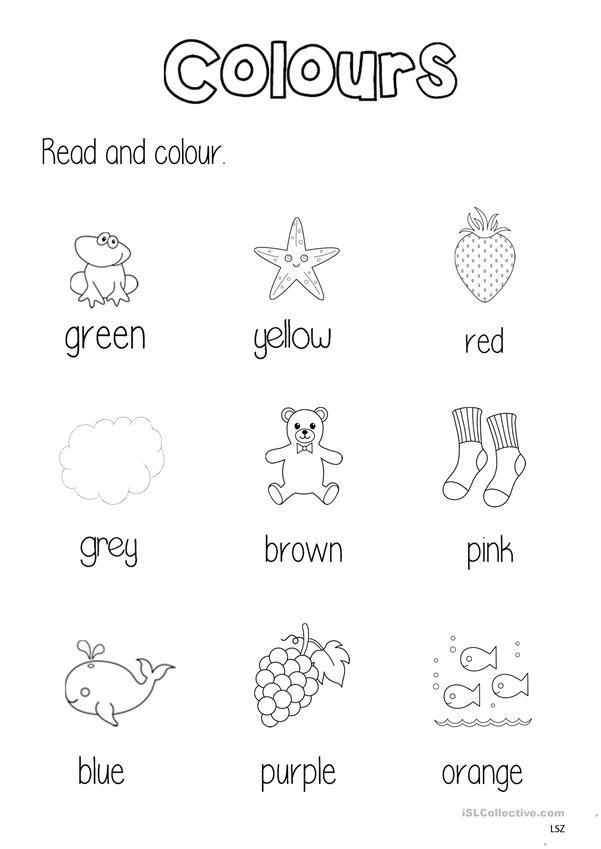 3. “Playing with an interactive toy”
3. “Playing with an interactive toy”
At what age does a child begin to distinguish colors?
Studies have shown that children begin to perceive colors by 2-3 months. The first colors a child sees are yellow, orange, red, green. At this age, babies can already react differently to their toys of different colors (for example, a red rattle can please a child more than a blue one), look at bright pictures with enthusiasm. The baby's world quickly acquires colors, but if we talk about the ability to consciously find an object of the right color, then usually it appears in children at the age of one and a half. It is at this age that it is optimal to start learning colors in a playful way. You can voice the names of flowers to a child for up to a year, this will only benefit him. But do not demand too much from the baby, remember that his brain is actively developing, and as soon as the time comes, you will certainly see the results. nine0003
To see if your child is ready to learn colors by playing with building blocks, ask your child to point to a piece of the same color as yours.
If the baby can find objects of the same color, then he is quite ready to memorize the names of colors.
When should I start teaching colors?
By the first 2-3 months of life, a child begins to distinguish red. This is due to the fact that cones (special elements of the retina of the eye) that are sensitive to the long-wavelength part of the light spectrum are the first to start working. nine0003
At 1 year old, a baby can distinguish 3 simple colors - red, yellow, blue and 1 complex - green. However, it is still difficult to check what exactly a one-year-old peanut sees. In each case, everything depends on the development of speech and thinking.
You should actively start learning colors with a 1-year-old baby, but children can memorize and distinguish only from 2-3 years old, when an active cognitive interest appears.
Step-by-step work
Start with basic options like yellow and red, they are easier for the child. The following table shows the stages of the learning process by age. nine0003
The following table shows the stages of the learning process by age. nine0003
| The age of the baby, years | Available Forms | Recommended duration, min | 1-1.5 | MASS can not only be called the subject itself. You can hang a multi-colored bright rattle over the crib and repeat the color of its elements every day, touching them one by one. With seeming futility, this activity helps the child to gradually memorize his mother's words, so that later he can begin to use them. nine0176 | 2-5 |
| 1.5-2 | The repetition of colors continues, and it is important to use active listening. So, mom can ask the baby to bring her a red ball. It will be useful to draw with finger paints or crayons, while the adult names what shade the kid uses for creativity. | Up to 10 |
| 2-3 | Spectrum learning enters the active stage.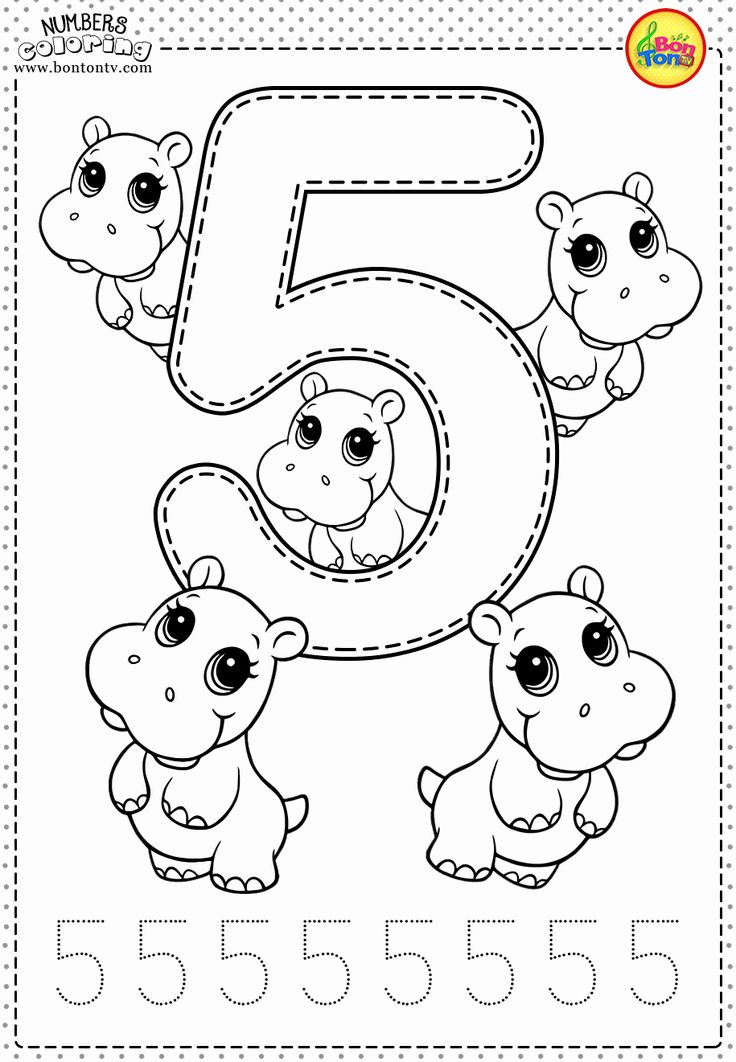 You can use Gyenesh blocks, invite the baby to classify objects by color, find something superfluous. nine0176 You can use Gyenesh blocks, invite the baby to classify objects by color, find something superfluous. nine0176 | 10-20 |
| 3-4 | Exploring colors and their shades in a playful way. | 20-30 |
Each lesson should turn into a little holiday for the kid, so you can safely use games, turn on his favorite music. The main thing is that the child cannot be overworked, it is permissible to study for only two minutes, but several times a day - this will be much more productive than boring memorization and repeated repetition. nine0003
First acquaintance with color
First of all, the child must remember the primary colors: red, yellow, blue and green. It is necessary to teach the baby to distinguish colors consistently and gradually.
Red
Find red items
Look at the pictures with your child. Name them. Slowly find red items in the pictures. Then, together with the child, look for red objects around: at home, on the street.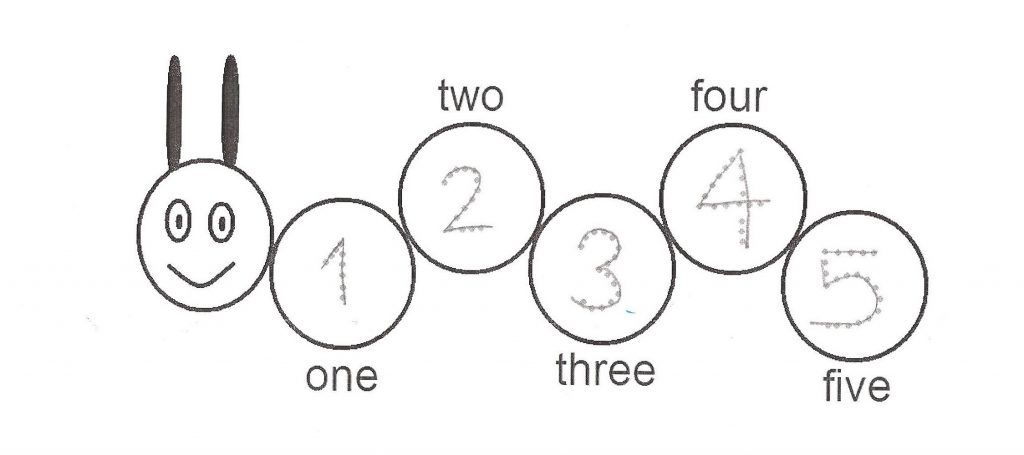 And only when the baby will clearly find and name objects of red color, you can move on to yellow. nine0003
And only when the baby will clearly find and name objects of red color, you can move on to yellow. nine0003
Yellow color
Learning to distinguish red and yellow colors
Ask the child to show an object of a certain color in the pictures, for example: - Show a red pencil. Now show the yellow pencil, etc. Explain to the baby why the chicken is drawn only in yellow.
Green color
Learning to distinguish red, yellow and green colors
Ask the child: “Show me what is red in the picture? Find what's green. Choose what's yellow." Offer your child a more difficult version of the game. Pointing to the picture, ask: “What tomato? What is a pear? ”, Encouraging the child to pronounce the names of flowers.
Blue
Learning to distinguish between green and blue
Ask the child: “Show me what is blue. Find everything green.
Find everything green.
Learning to distinguish red, yellow, green and blue colors
Ask the child: “Show me and say what is red. What is blue? What's green? What is yellow? Tell me what color the cube is. What color is the scoop?
Arrange in boxes
Look at the pictures with your baby. Ask to find red, green, blue and yellow boxes. Draw the child's attention to the objects in the frame. They need to be put away. Ask the kid: “Where do you think we will put the bow?” If the child shows correctly (red bow in a red box), take a pencil and connect the bow and box together with a line. If the task causes difficulty, show the baby a bow and ask: “Where is the same box?” nine0003
Pick clothes for the dolls
Say to the child, "Let's help the dolls get dressed." Draw the baby's attention to the doll with the red bow and ask: "What coat do you think this doll will wear?" Connect the doll and coat of the corresponding color with a pencil.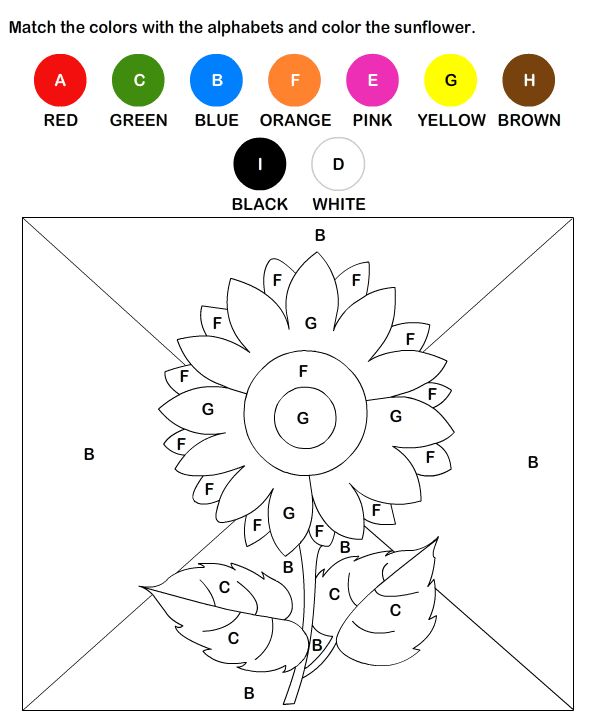 Thus, "put on" coats, boots and hats for all dolls.
Thus, "put on" coats, boots and hats for all dolls.
Please rate the material.
Learning colors in everyday life
Children get most of their knowledge about the world in everyday life: communicating with adults and peers, observing nature, playing. The study of flowers is no exception. Sometimes a child does not need to do special exercises to learn to recognize colors. For this, it is enough that he hears the name of the color and associates it with a specific thing. During daily activities, voice for the child what color the objects are around. Whether you are drawing, playing with blocks, looking at cars in the yard, reading, swimming, eating, dressing - in each of these situations, you can gently teach your child to distinguish colors. nine0003
It is important that the study of colors does not turn into torture. You should not constantly test the child's knowledge by asking him which color is which. Soon the baby may just start to ignore you.
“Let's paint the sun yellow!”, “What a delicious green cucumber!”, “Oh, where did the blue cube go? Here it is!" are examples of how you can subtly help your child remember colors.
Learn to Mix Colors Visual Cards
Pictures about colors with pictures
9000 9000
Games for studying colors and their shade
,000the baby has an interest in learning colors, or in order to consolidate existing knowledge, you can invite the child to play special “color” games.
Learning colors puzzle cards
Print the puzzles, cut into 4 parts. Invite your child to assemble puzzles to make a rectangle of the same color.
First, the child is shown a red cube, the mother says: “Look, here is a red cube”, emphasizing the name of the color with her voice.
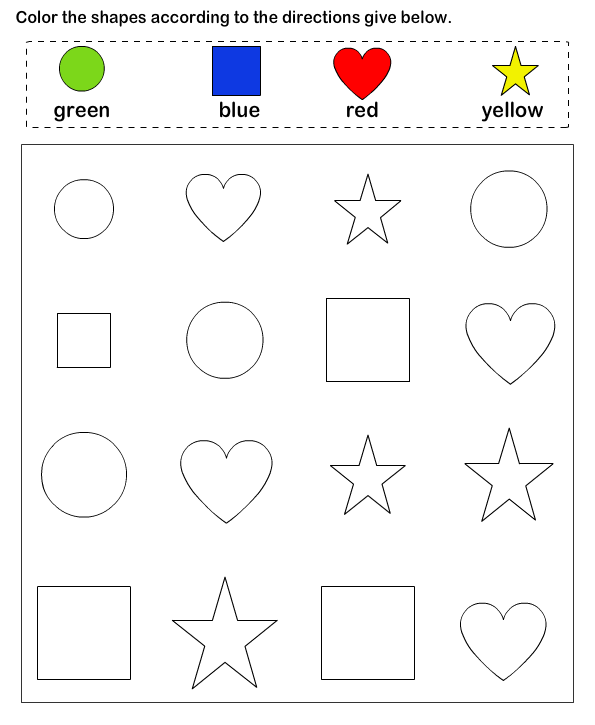 “He is bright and beautiful, red tomatoes, apples, peppers.” Then the mother should give the cube to the baby so that he can properly study the color. nine0003
“He is bright and beautiful, red tomatoes, apples, peppers.” Then the mother should give the cube to the baby so that he can properly study the color. nine0003 The next step is consolidation: mother and baby walk around the apartment and find all the red items (you can prepare in advance and spread them out). The next day, you can consider the cards on which the corresponding objects are depicted, everything is spoken out again. Such classes are repeated for several days (their exact number depends solely on the abilities of the child).
Finally, you should check how well the material is learned. Mom takes two multi-colored cubes and asks: “Show me the red cube, where is it?”. If the answer is correct, you should proceed to the study of the next color (blue) using a similar method. Then - yellow and green. But if the baby is still at a loss, do not rush him. nine0003
When the colors are learned, you need to reinforce the material. At 1.5-2 years old, you can offer your child fun games that will help him to correctly distinguish colors.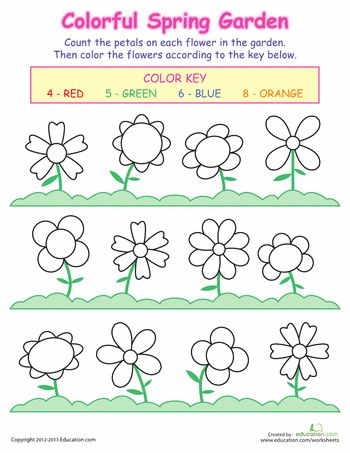 For example, a mother draws in advance houses of different colors (basic) and "inhabitants" - the same shades of animals or men. The child must settle them. During work, you should comment: “That's right, we populate the yellow mouse in the yellow house” or “Why do we put the red man in the blue house? How should it be right?
For example, a mother draws in advance houses of different colors (basic) and "inhabitants" - the same shades of animals or men. The child must settle them. During work, you should comment: “That's right, we populate the yellow mouse in the yellow house” or “Why do we put the red man in the blue house? How should it be right?
The following exercises are also suitable for age. nine0015
- Distribution. Mom gives molds and buttons of different colors to the baby, the child must arrange the buttons into containers.
- Construction of towers from blocks. Only two colors are used, the adult asks the kid to build two towers from them so that each of them has its own color.
The main rule of success is daily, but not exhausting workouts, only in this case the names will be firmly deposited in the baby's brain. Work is currently underway with four primary colors - red, yellow, blue and green. Until they are assimilated properly, one cannot move on.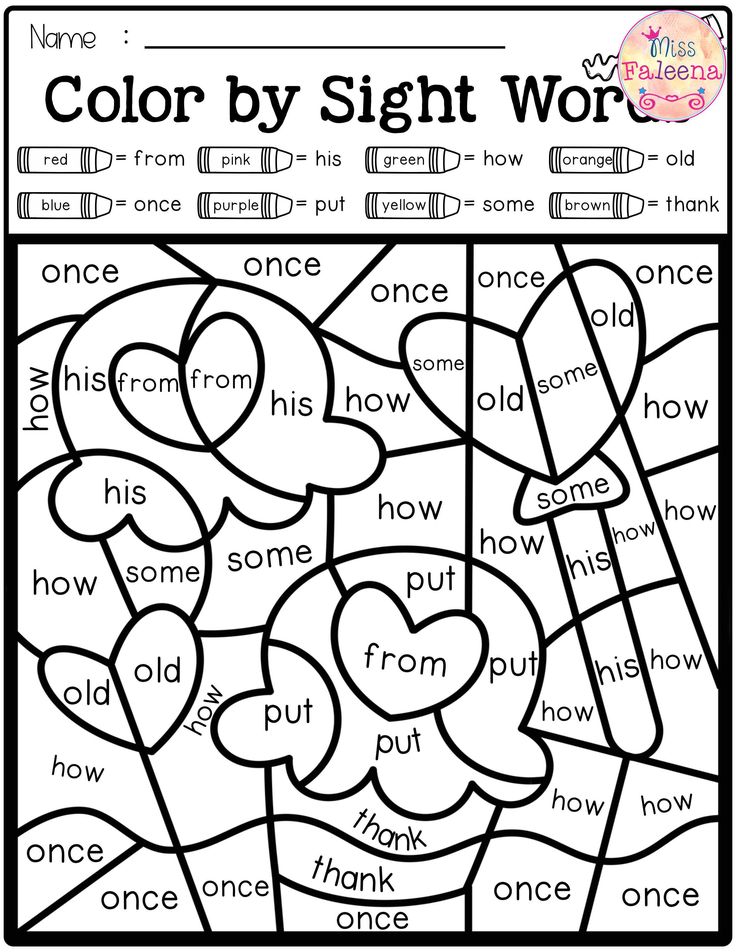 But if the baby has already remembered them well, you can introduce him to new tones. nine0003
But if the baby has already remembered them well, you can introduce him to new tones. nine0003
Activities with an older child
At 2-3 years old, you can offer your little one a solution to the simplest problems, during which he will learn colors with his mother. The following options are possible.
- The parent draws several cars, and the quality of the drawing does not really matter, the main thing is to paint them in different colors. After that, he gives the baby a set of cards or buttons, the color of which matches the color of each car. The task of the baby is to build “paths” for the cars so that they match the tone. The exercise also trains fine motor skills well and, accordingly, is useful for the development of speech. nine0113
- Building a train. The parent puts one cube of any tone that is already familiar to the baby, for example, blue. The task of the kid is to continue the train, finding all the cubes of exactly blue color.
- Collect the flower.
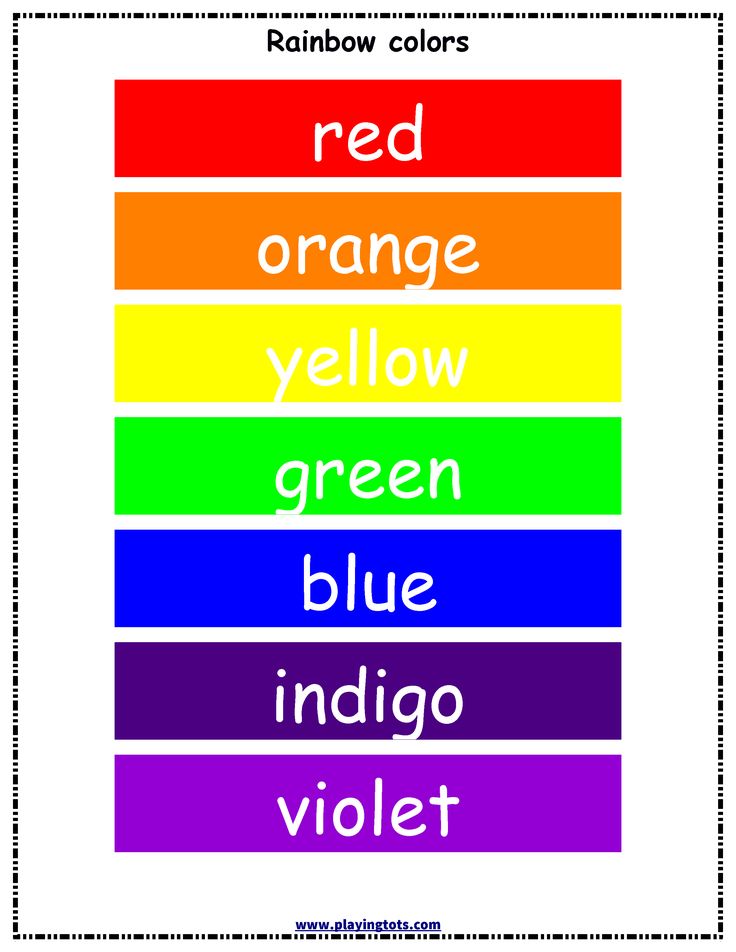 Mom draws simple flowers with colored felt-tip pens (the middle and several large petals), then cuts them in half and mixes them. Then he asks the baby, having collected flowers, make a bouquet, name all the tones used.
Mom draws simple flowers with colored felt-tip pens (the middle and several large petals), then cuts them in half and mixes them. Then he asks the baby, having collected flowers, make a bouquet, name all the tones used.
These types of tasks help babies sort things correctly by determining whether they are red, yellow, green. During the game, the mother should definitely pronounce the names of the colors, ask the child to repeat - this contributes to memorization. If the child made a mistake, it is important to work it out: perhaps he simply did not understand the task or thought that “it would be more beautiful this way.” Explain again that it is necessary to use cubes (buttons, cards) of exactly one color you named. nine0003
Continue learning
Children are very fond of solving riddles, and this should be used to teach them to distinguish colors. In addition, this form of work develops thinking and memory, helps to increase the active vocabulary.
You can offer the child the following riddle: “Here is a well done cucumber, it came to us from the garden, there are many of them.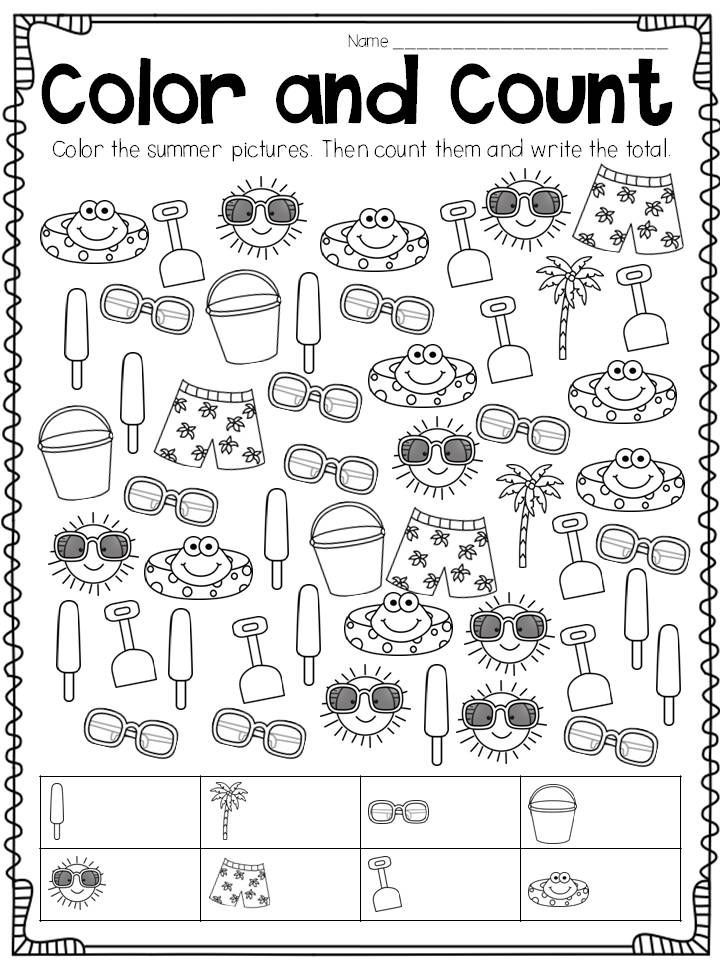 And what color is it? ”,“ And this is a mouse, a cute mouse. It is white, but more often ... What is it? The reading of the text should be accompanied by visualization, that is, show the baby a cucumber, a toy mouse. nine0003
And what color is it? ”,“ And this is a mouse, a cute mouse. It is white, but more often ... What is it? The reading of the text should be accompanied by visualization, that is, show the baby a cucumber, a toy mouse. nine0003
Next, you can play the following fun games.
- Extra color. In front of the child, several (5-6 will be enough) objects of the same color and one “extra” object of a different color are laid out. The child's task is to find a mistake and tell why he thinks so. You can talk about success if the baby says: "Everything is red, but the ball is green." In a similar game, you can use Gyenesh blocks.
- Matching. Colored figures are used, which the parent mixes, while the child must understand all the diversity and put them in pairs, based on the color. nine0113
- "Traffic light". Suitable for fun with those children who already know a little about the names of colors. Mom pronounces the name, the baby must find it in his clothes, if he is, take a step forward, if absent, stay in place.
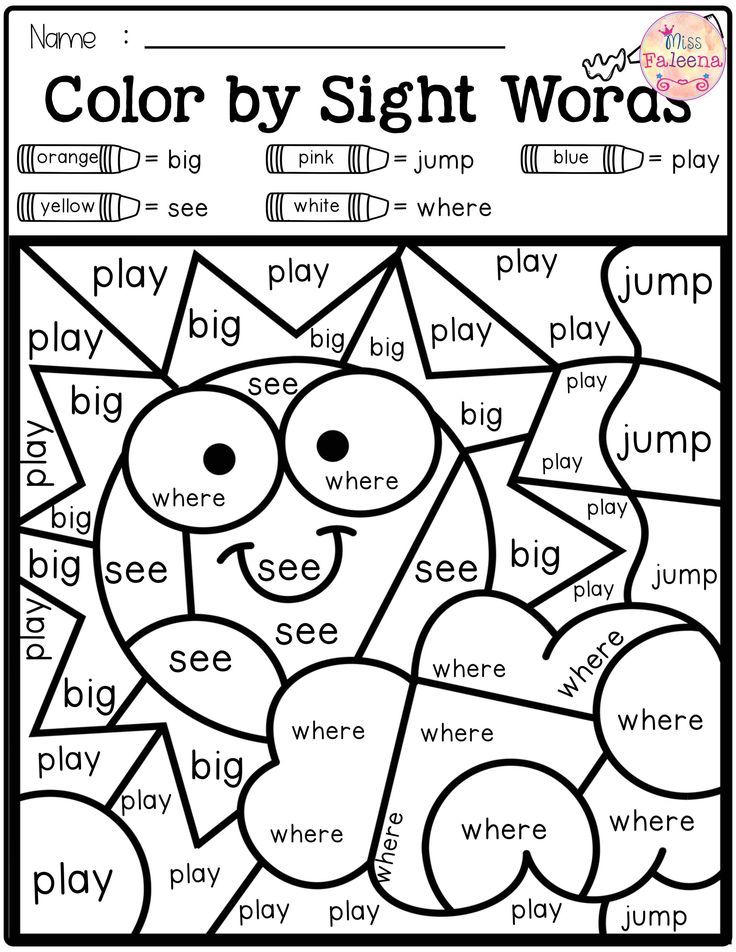 You can add an element of active play to the fun - if the named tone was not in the outfit, the child will try to run across, and the mother will catch him.
You can add an element of active play to the fun - if the named tone was not in the outfit, the child will try to run across, and the mother will catch him.
Every free minute should be practiced, for example, during a walk, repeat to the child that a red car has passed, the grass is green, the flowers are yellow. Then ask him: what color is the grass? What else do you see green? This will help you remember quickly. It is important to remember that children's memory is very plastic, the baby is able to absorb a lot of information, so if any of the objects that interest him is lilac, you can also study this shade, you don’t need to “simplify the task” and call it purple. nine0003
Ways to learn colors with a child
Method #1. "Awakening Creativity"
Learning to distinguish colors using paints, plasticine, felt-tip pens and pencils. You can start training in 1 - 2 years. The paint must be non-toxic and wash well.
For babies, freshly squeezed beet or berry juice can be used as a dye. It is safe, but stains from it are difficult to remove.
It is safe, but stains from it are difficult to remove.
Initially, the parent will have to draw. nine0015
- say clearly and clearly what color you are drawing;
- let the child draw a couple of lines or completely paint over a piece of paper;
- make sure that the child does not eat paints, markers or pencils;
- do not begin to learn the next color until the baby begins to confidently name the previous one.
Wax crayons should be used with caution as children often chew on them, scratch with their nails and try to put them in their ears or nose. nine0003
Method No. 2. “Finishing the picture”
The study of colors is passive. This method is used in children over 4 years old, as certain mental skills are required. It is necessary to draw a picture in which something is missing. For example, the sun - rays, a hare - an ear, a hedgehog - needles.
The child is offered some pencils. The essence of the task is for the kid to distinguish colors and choose the right one to complete the drawing.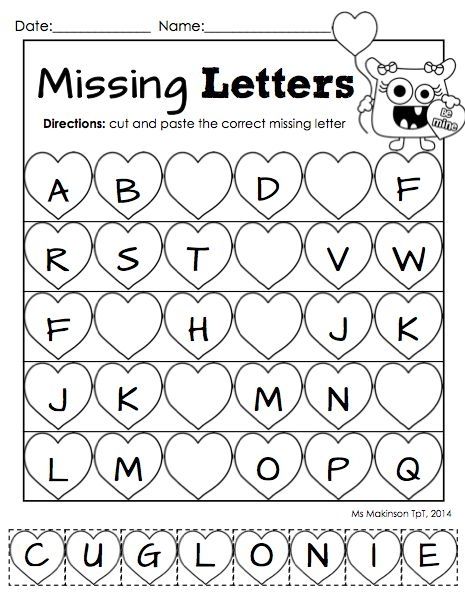 As you get older, the picture becomes more complex with more details. nine0003
As you get older, the picture becomes more complex with more details. nine0003
Method No. 3. "Playing with an interactive toy"
A modern teaching method that allows parents not to worry too much. It will help to learn colors and check previously studied material. Combines everything with songs, poems and riddles.
Usually each toy has at least 1 light filter built in, the main purpose of which is to attract the child's attention.
Be sure to read the instructions carefully before use. Take an interest in the material from which the light filter and the toy itself are made. nine0003
The recommended age for modes in which we learn colors ranges on average from 1.5 to 2 years, although it can be used by older children. In the case of the presence of small parts and collapsible structures, those who are already 3 years old are allowed to play with an interactive toy.
References
- https://www.center-sozvezdie.

Learn more


